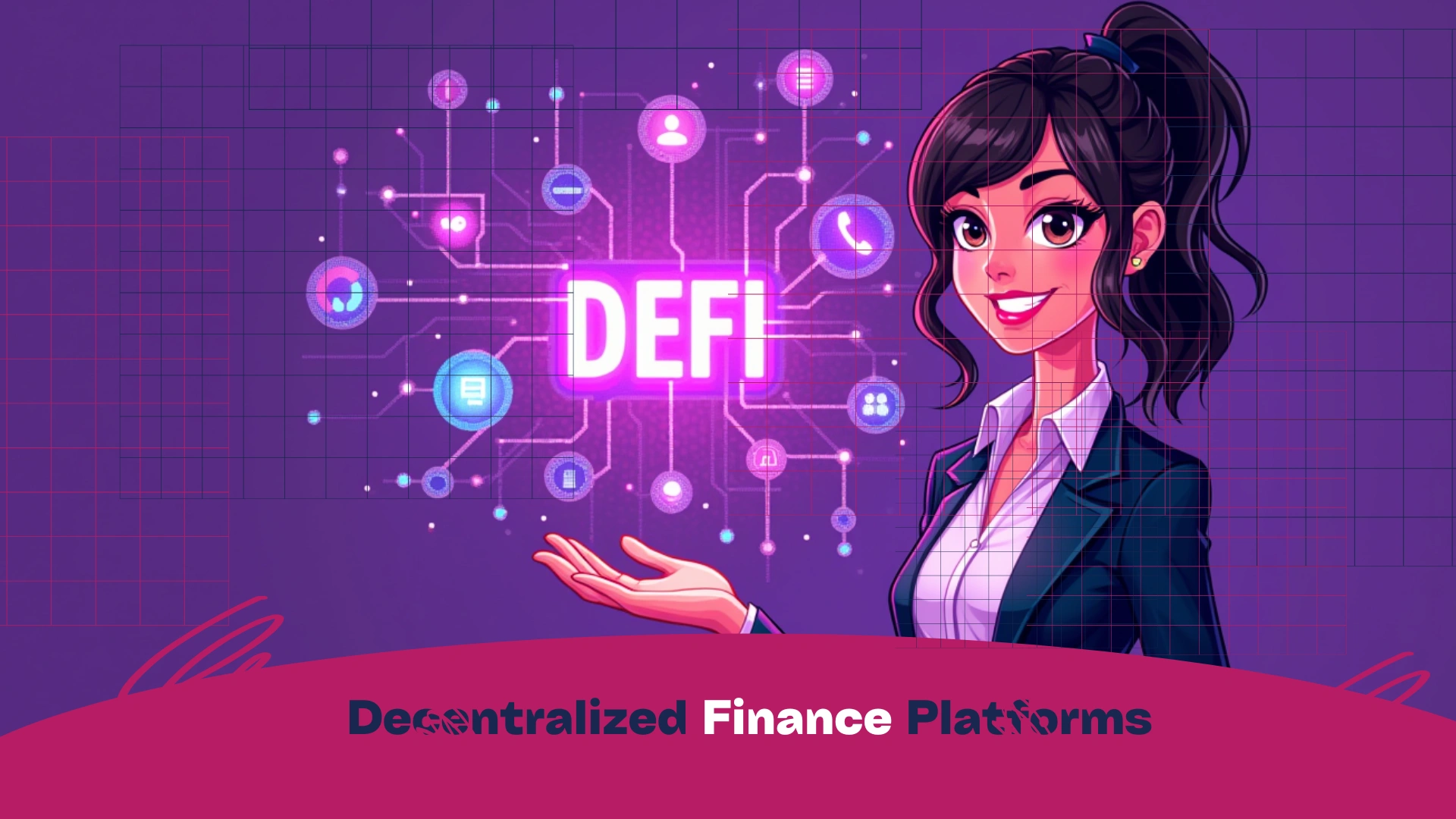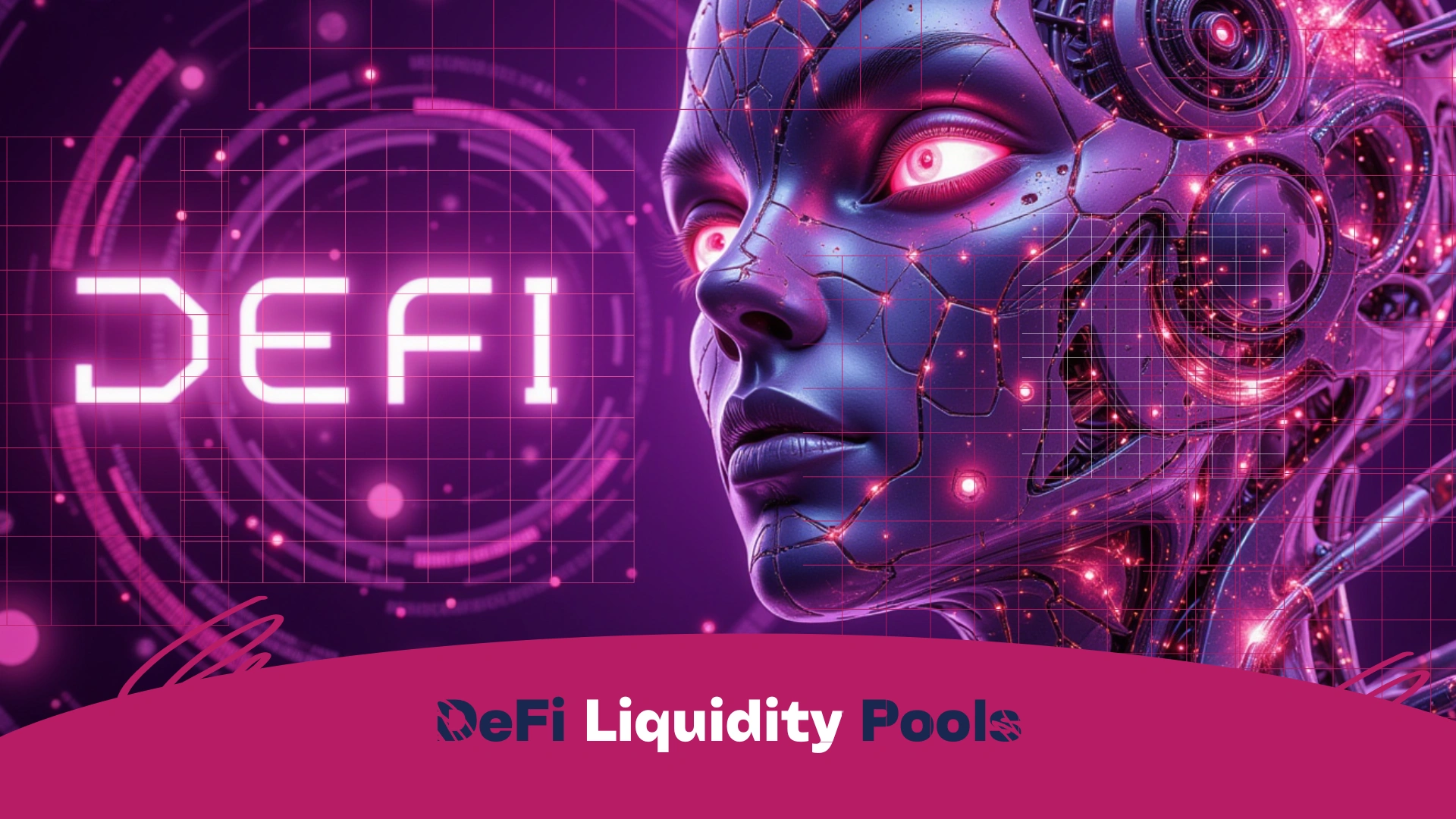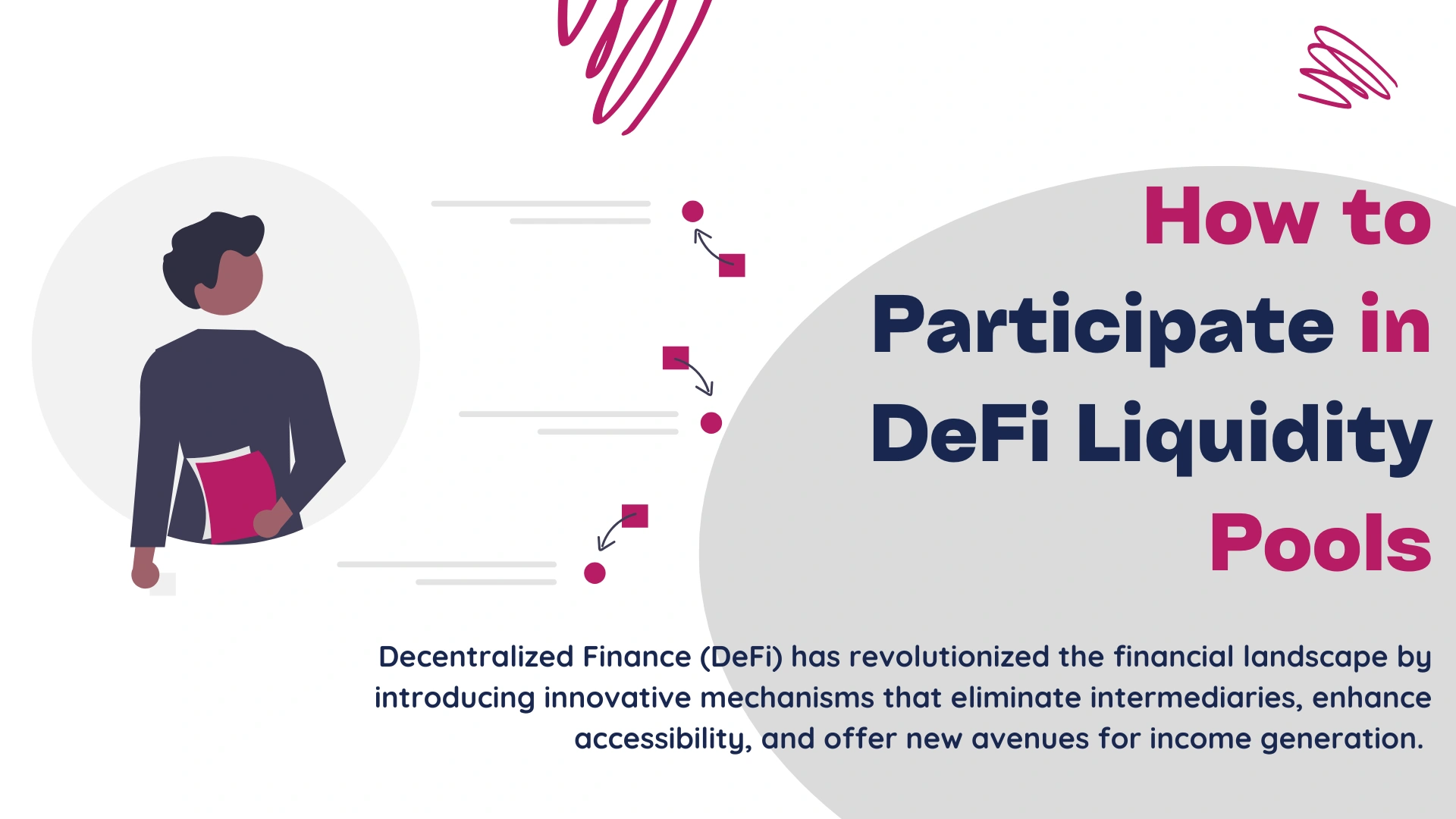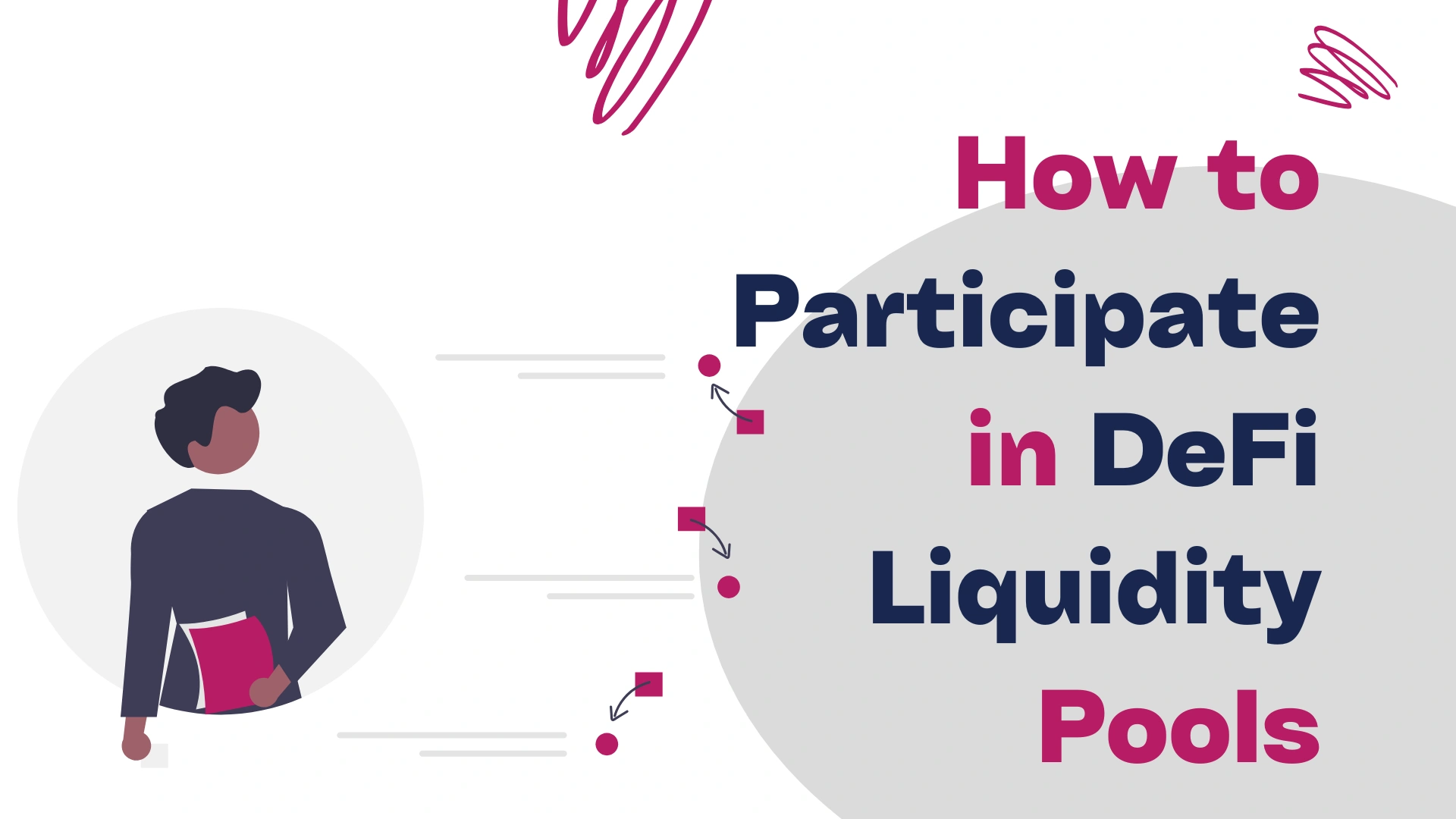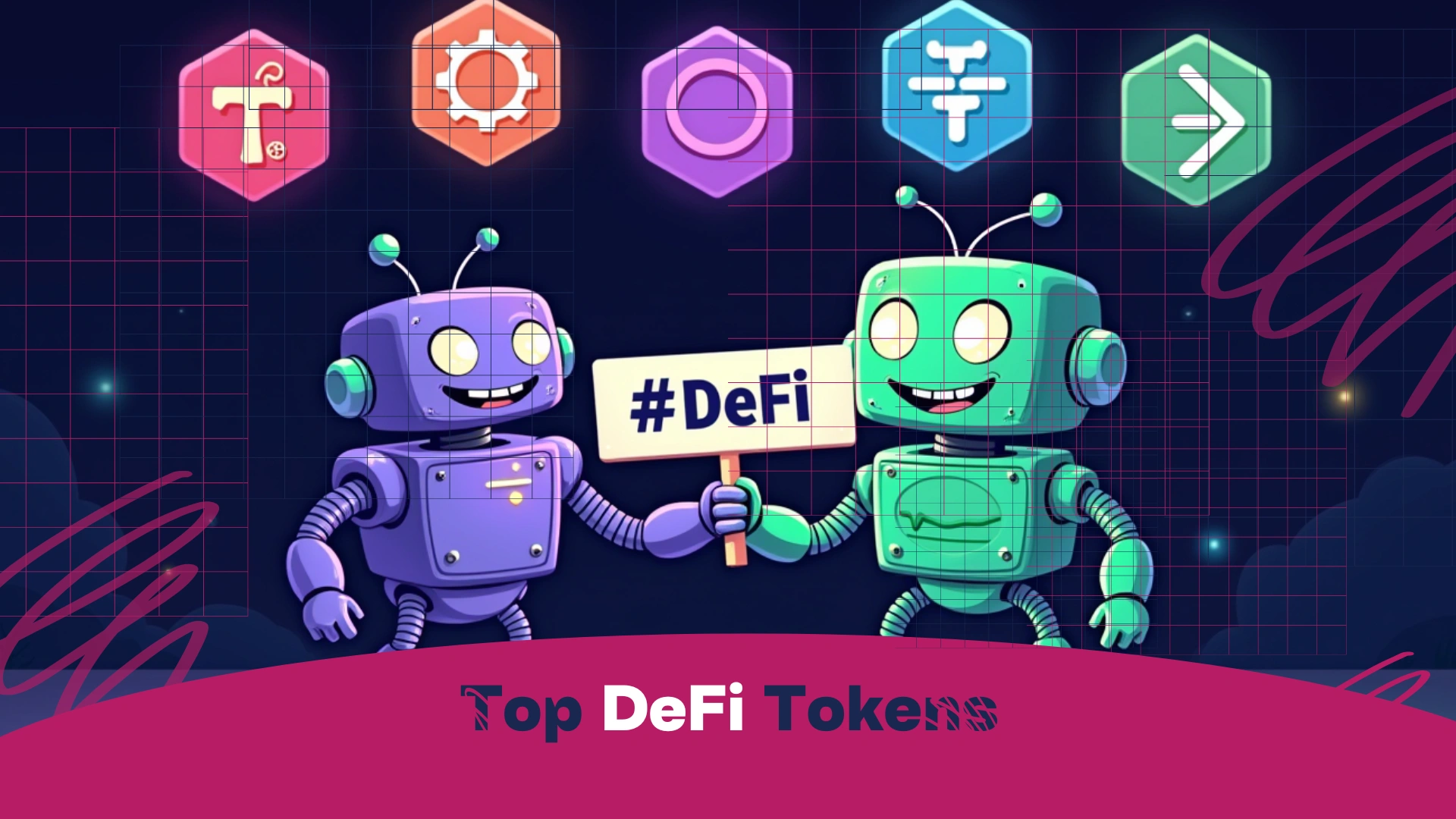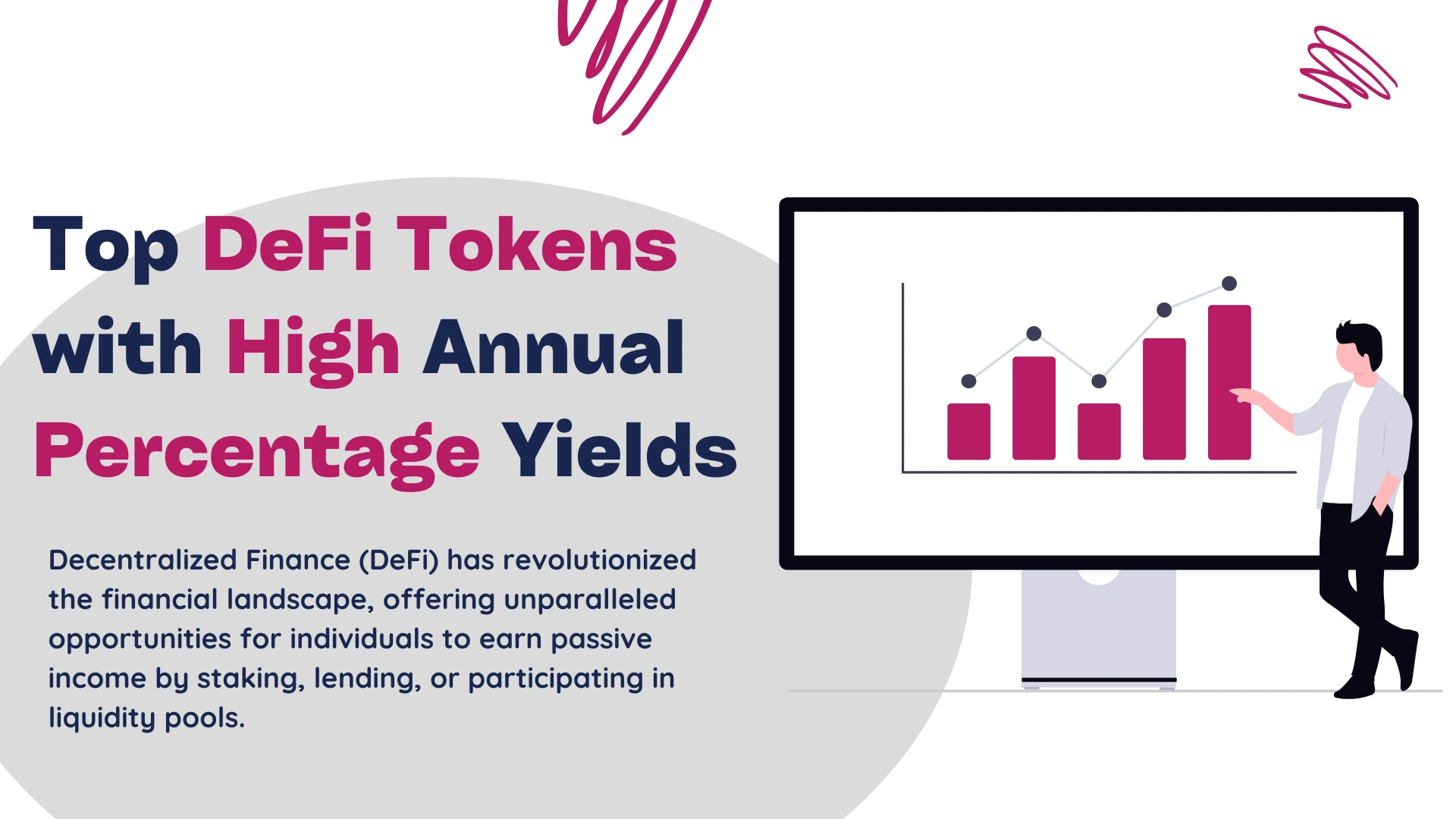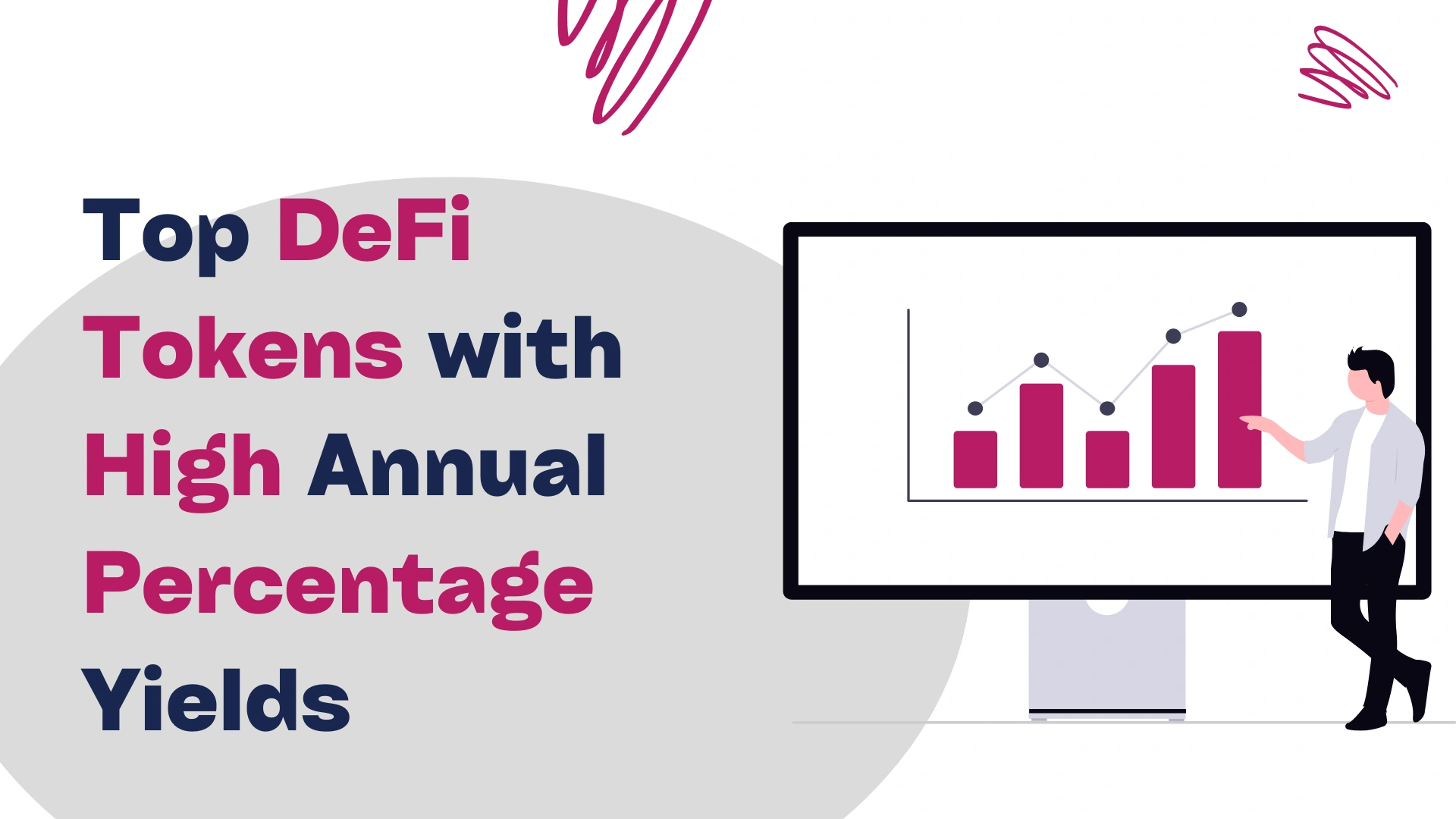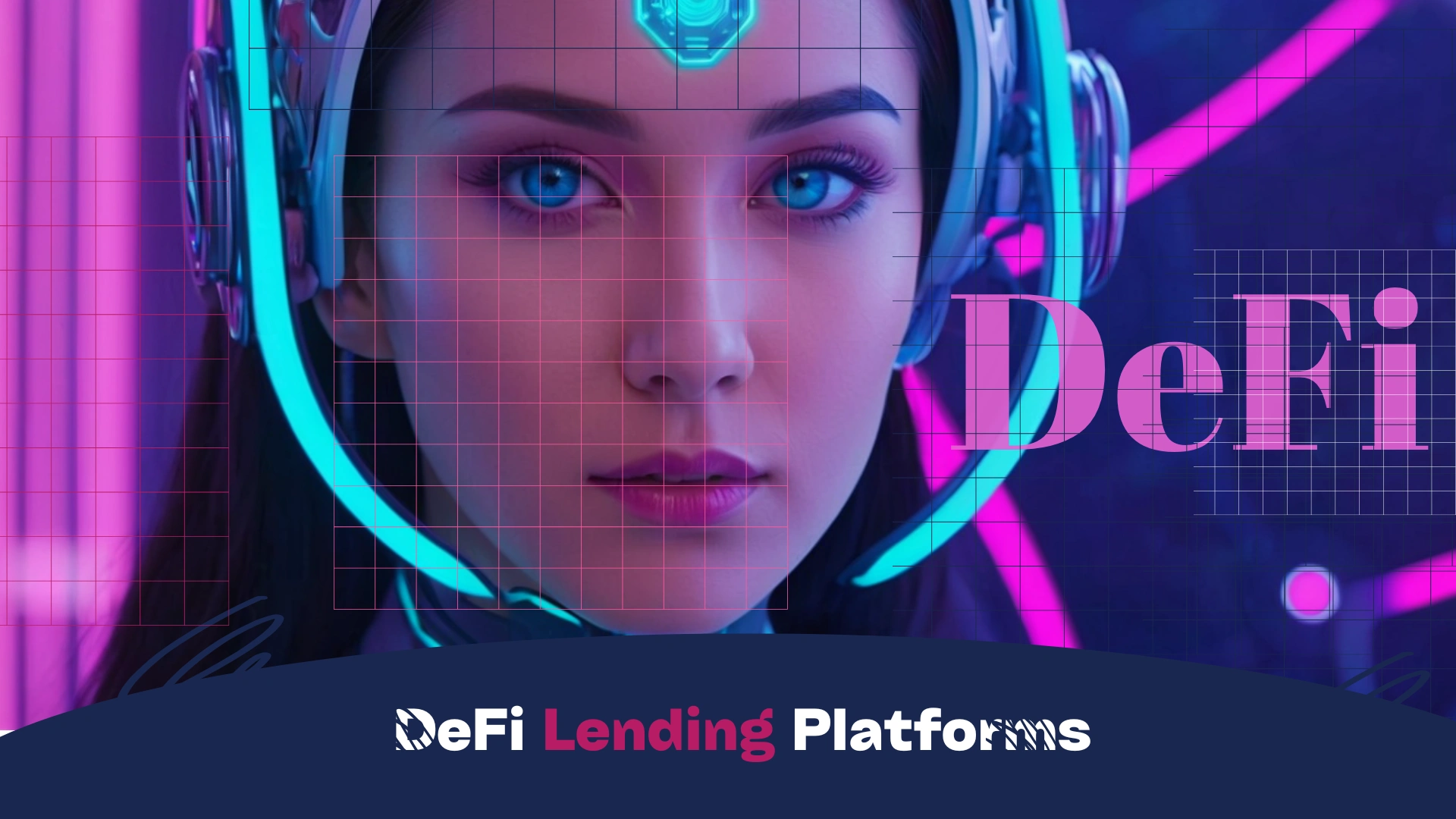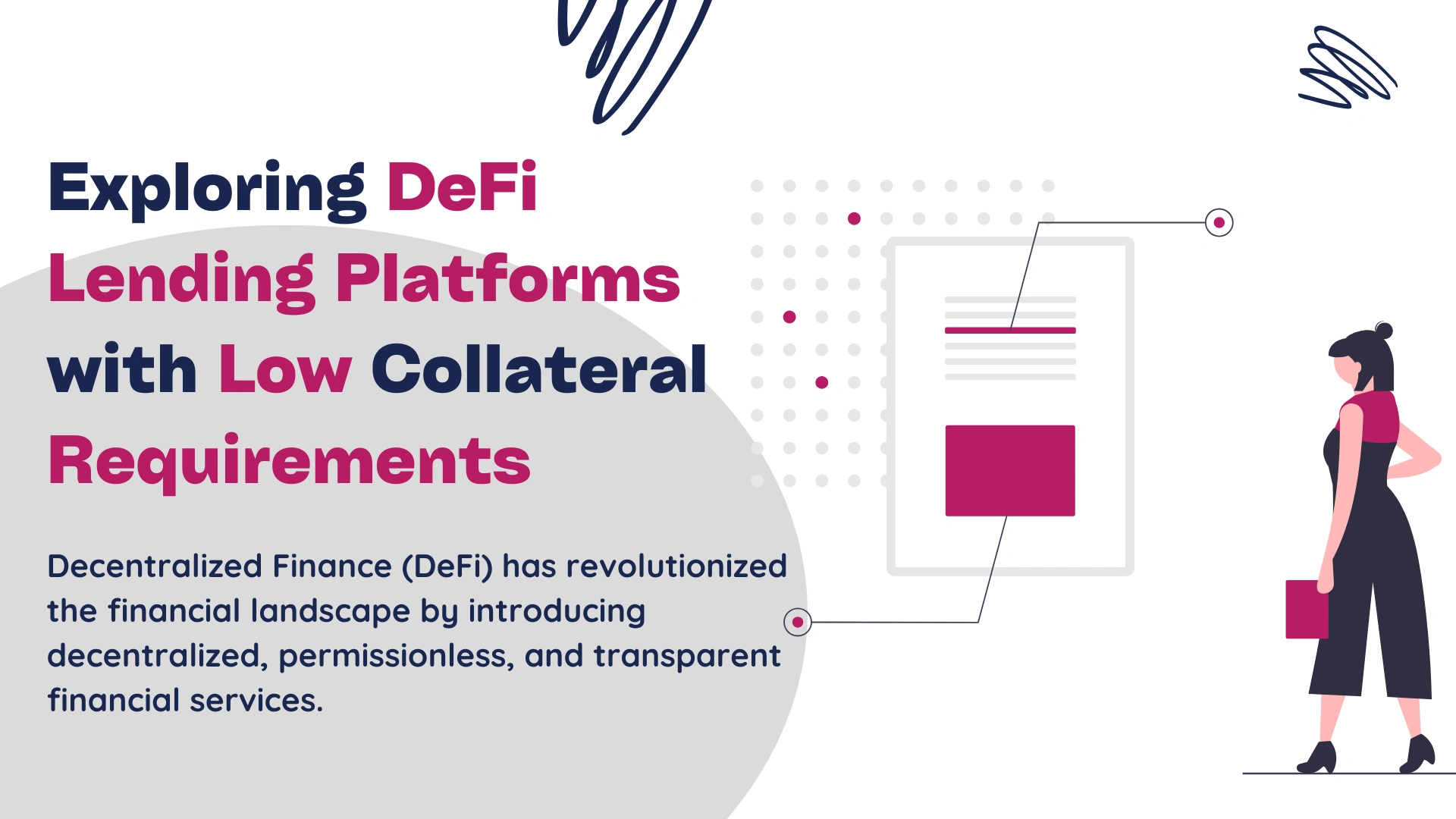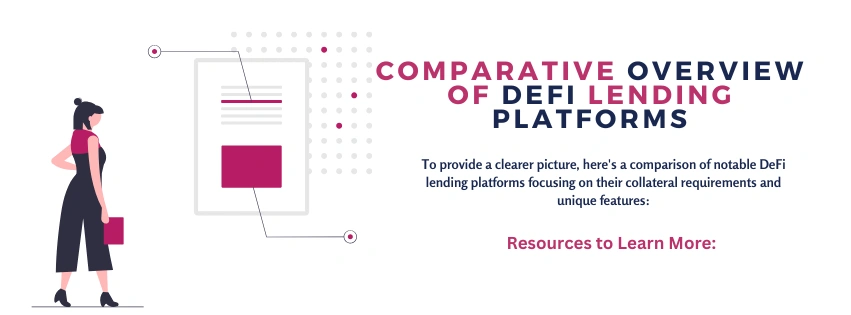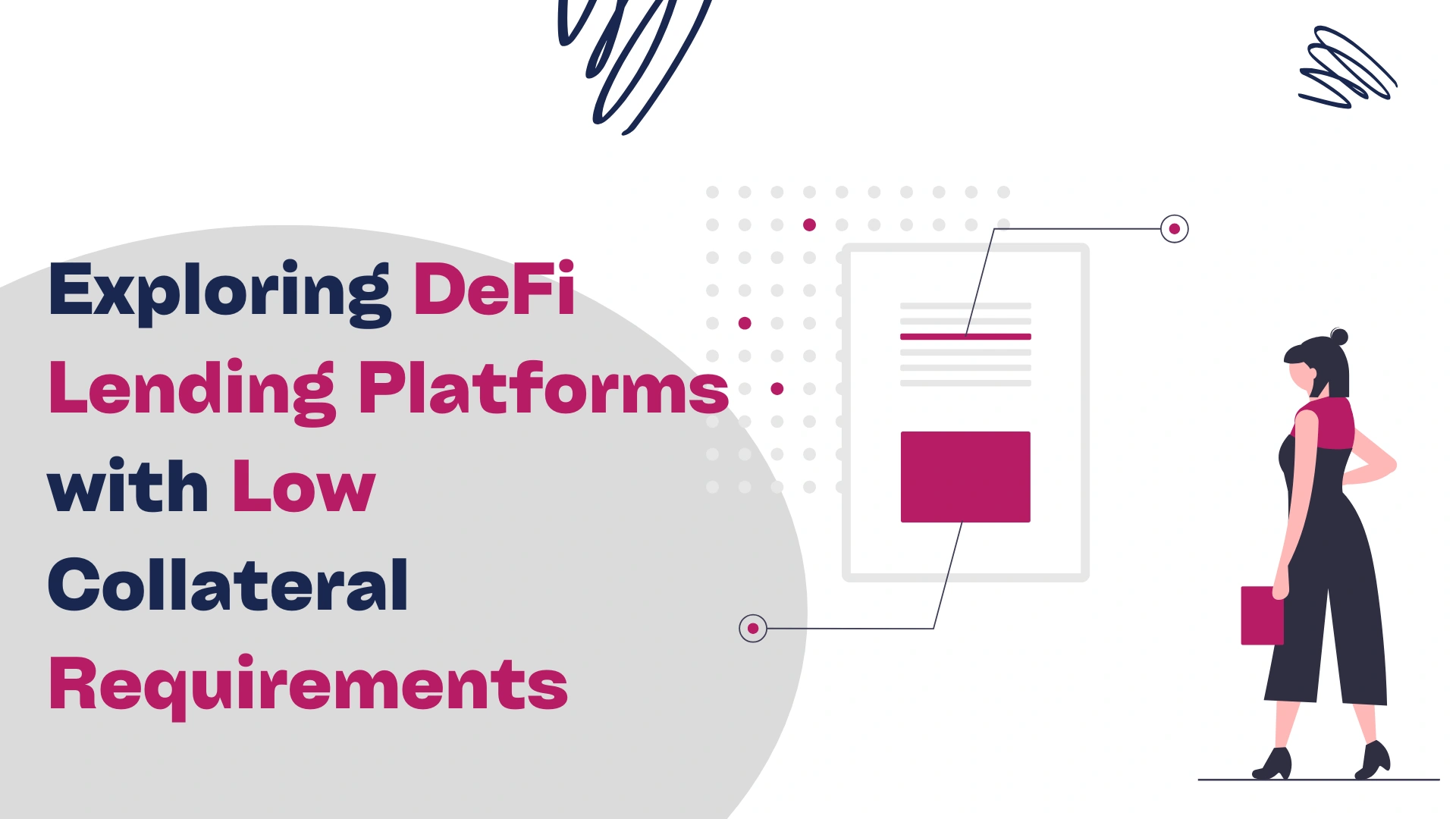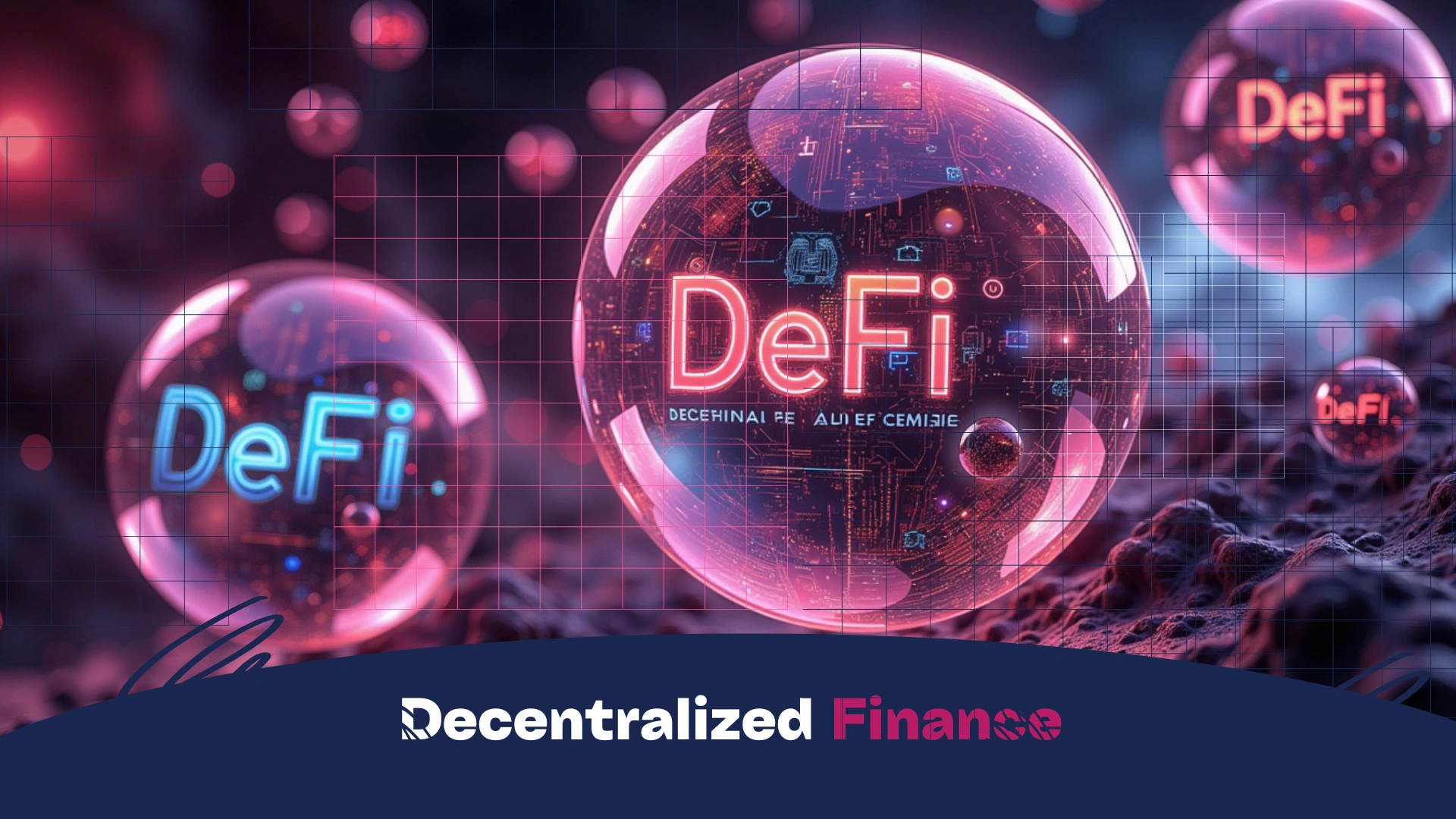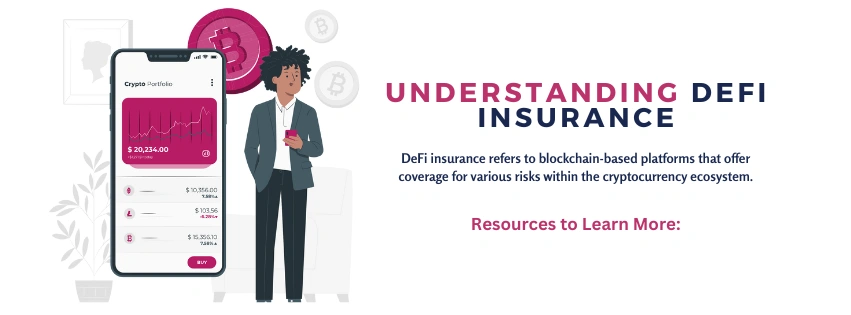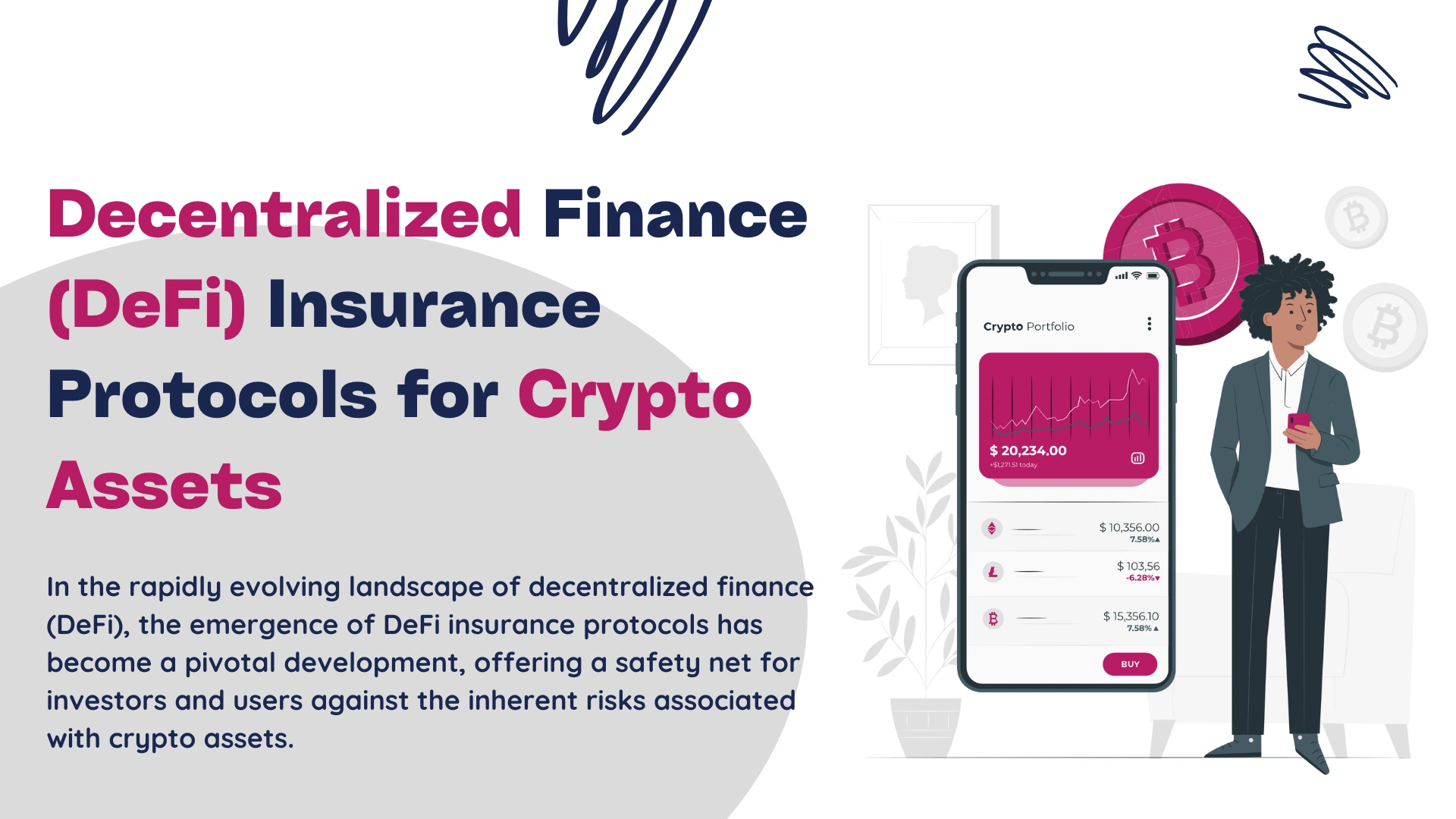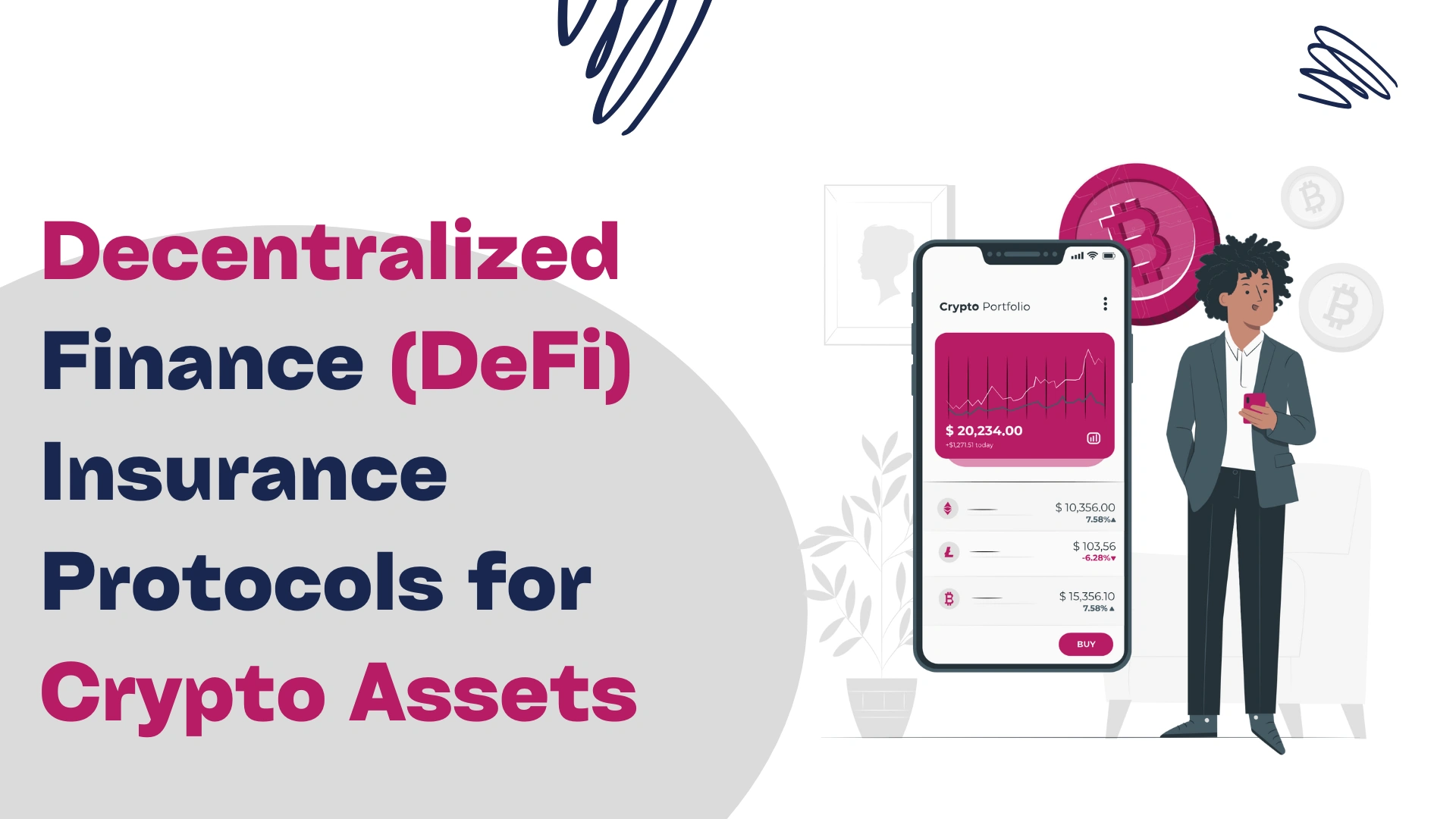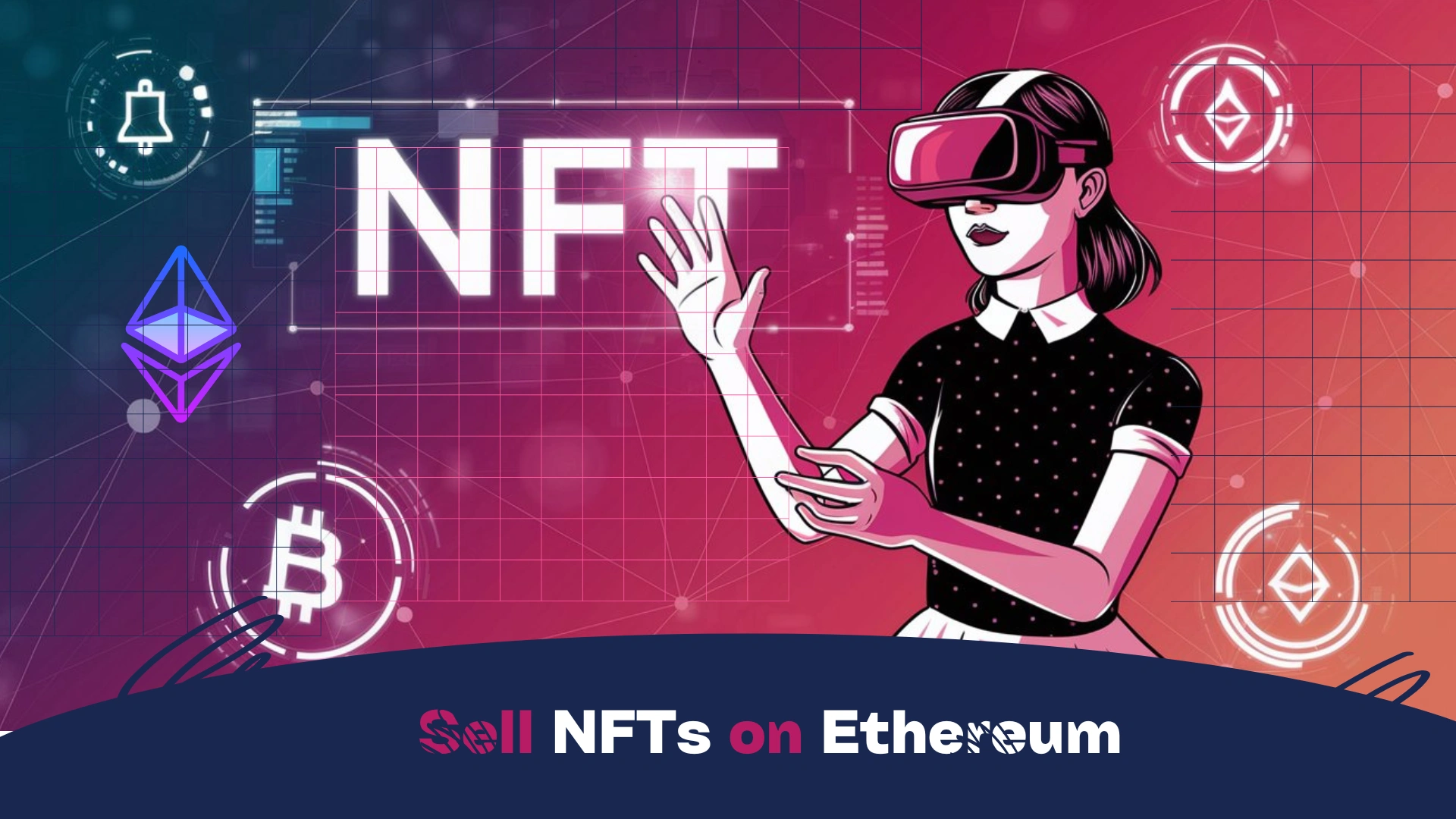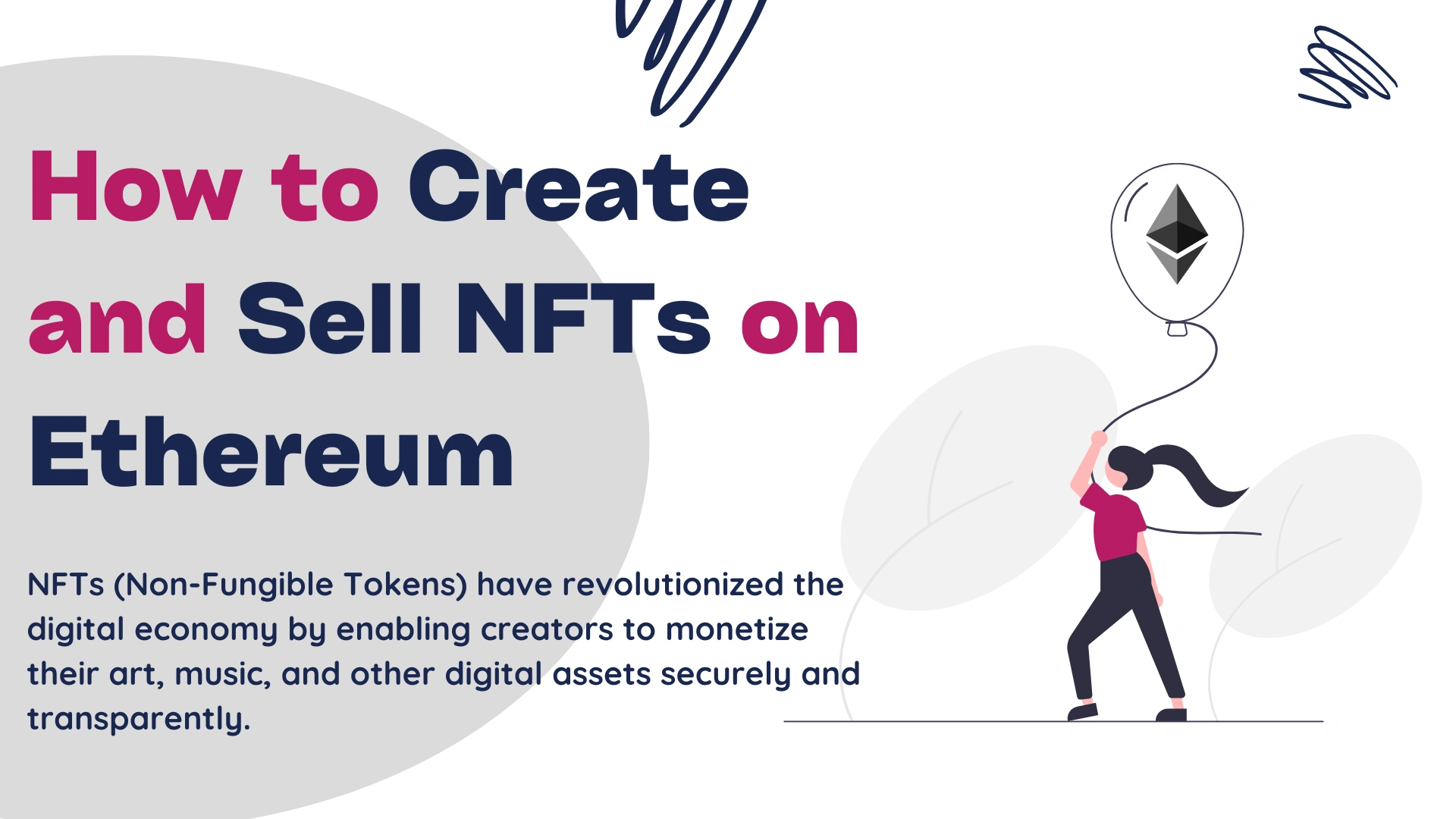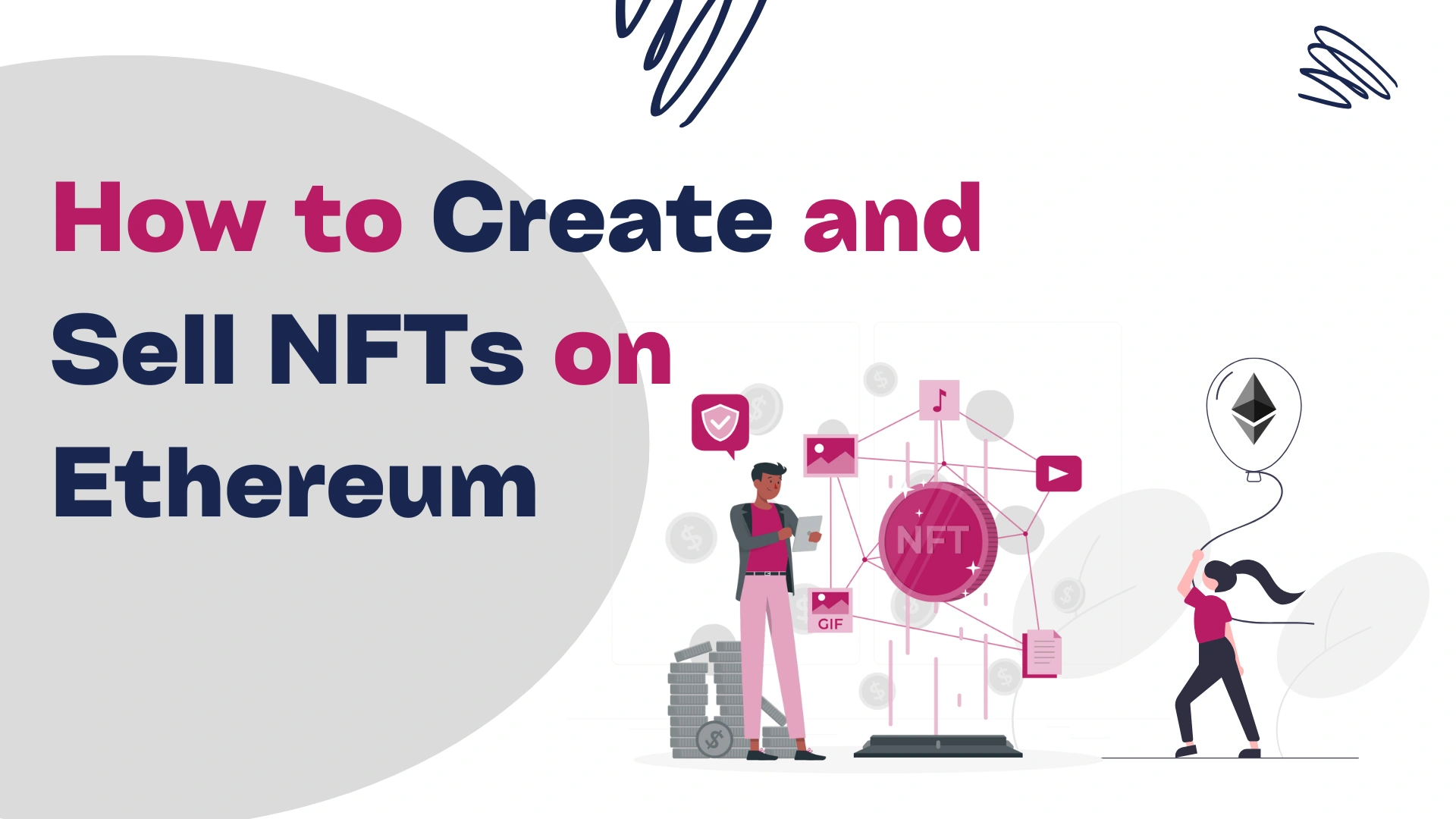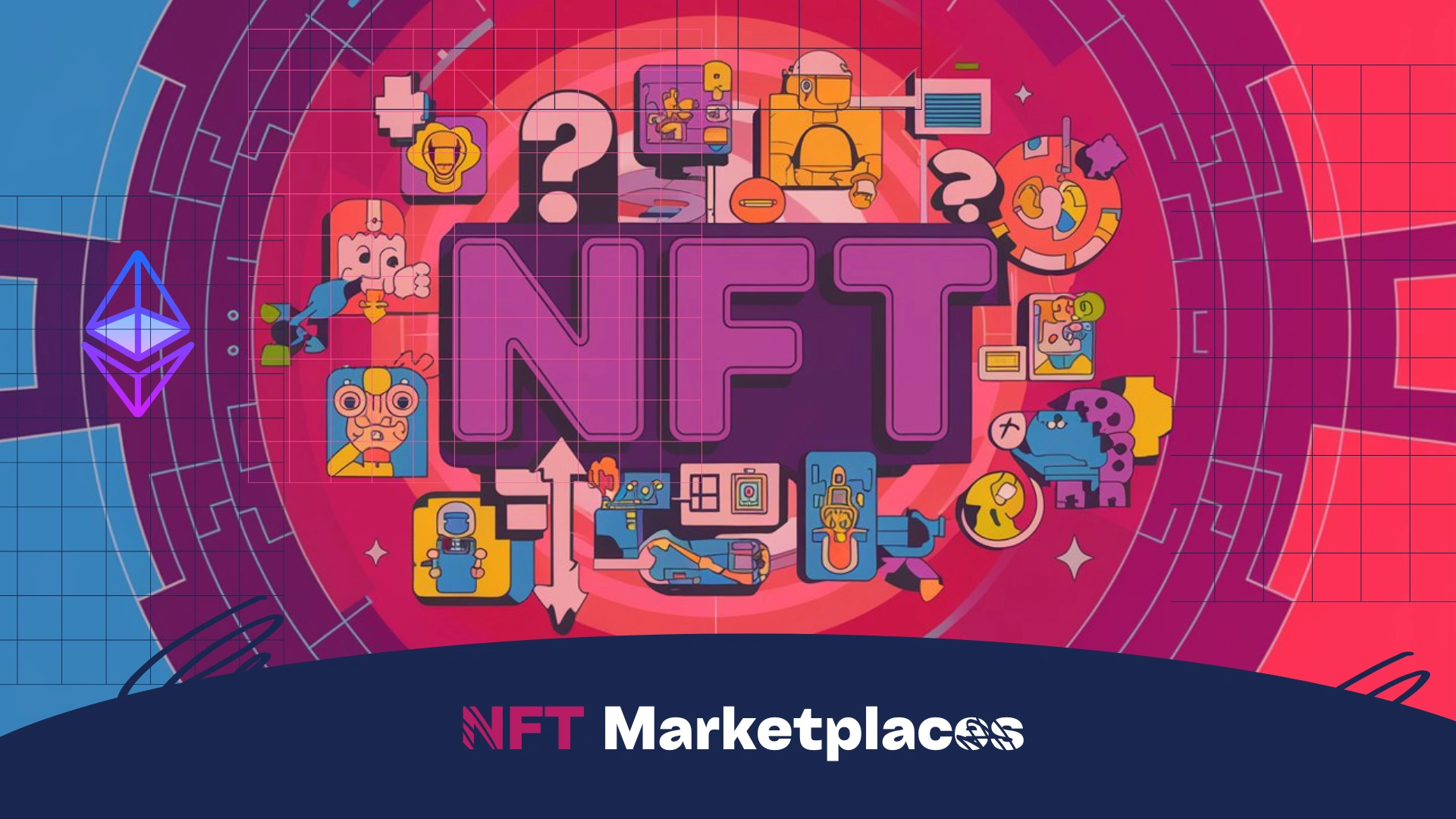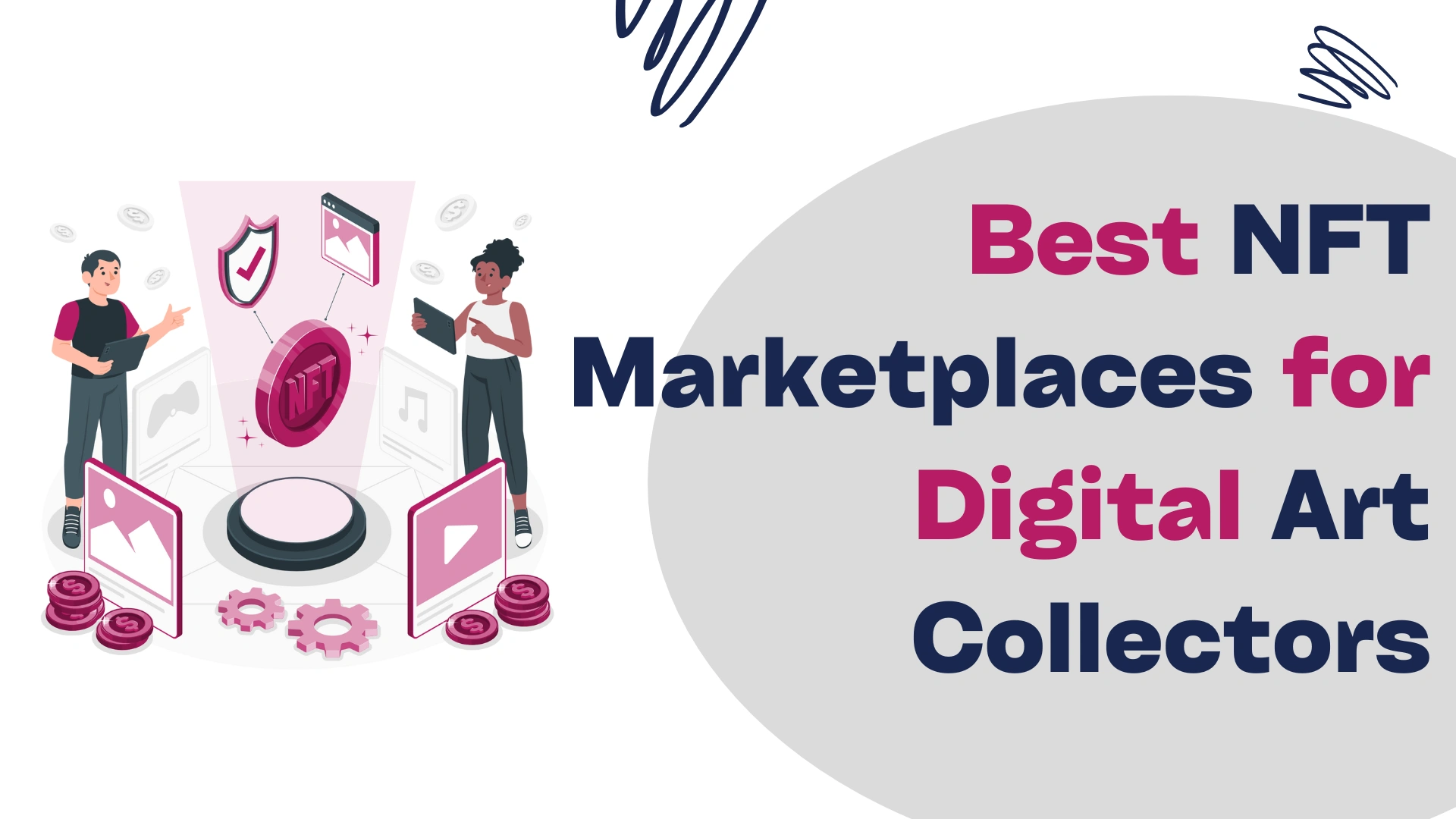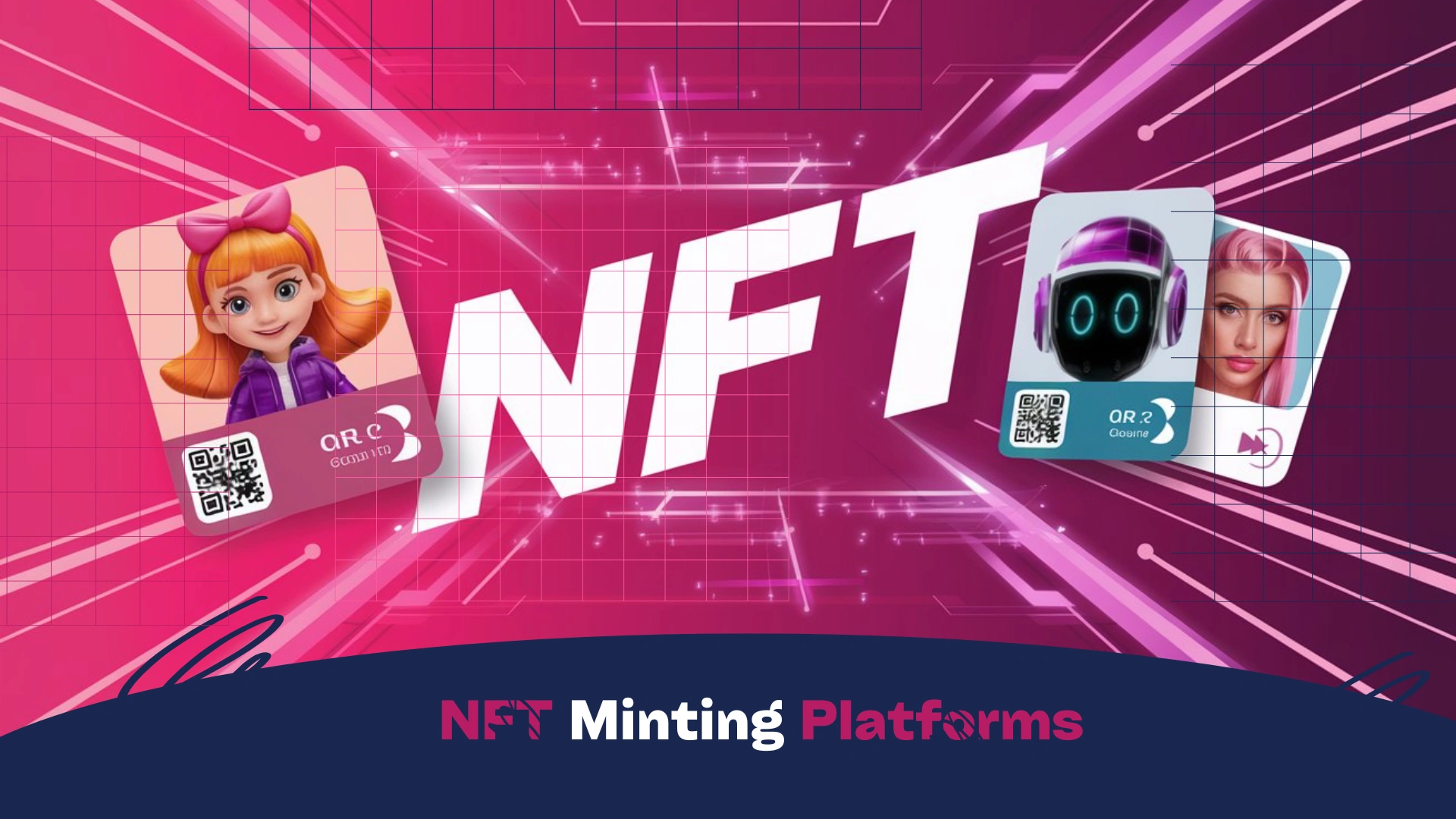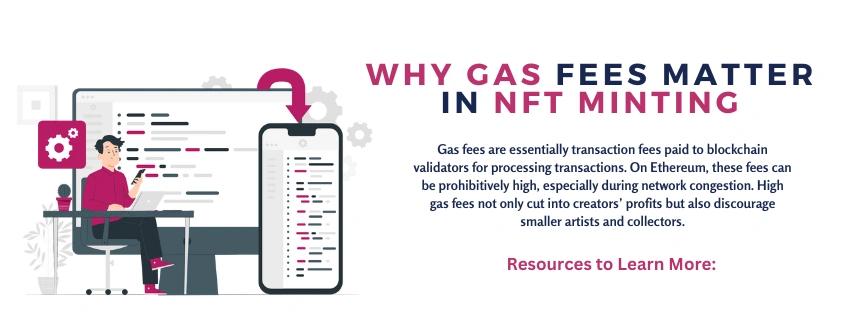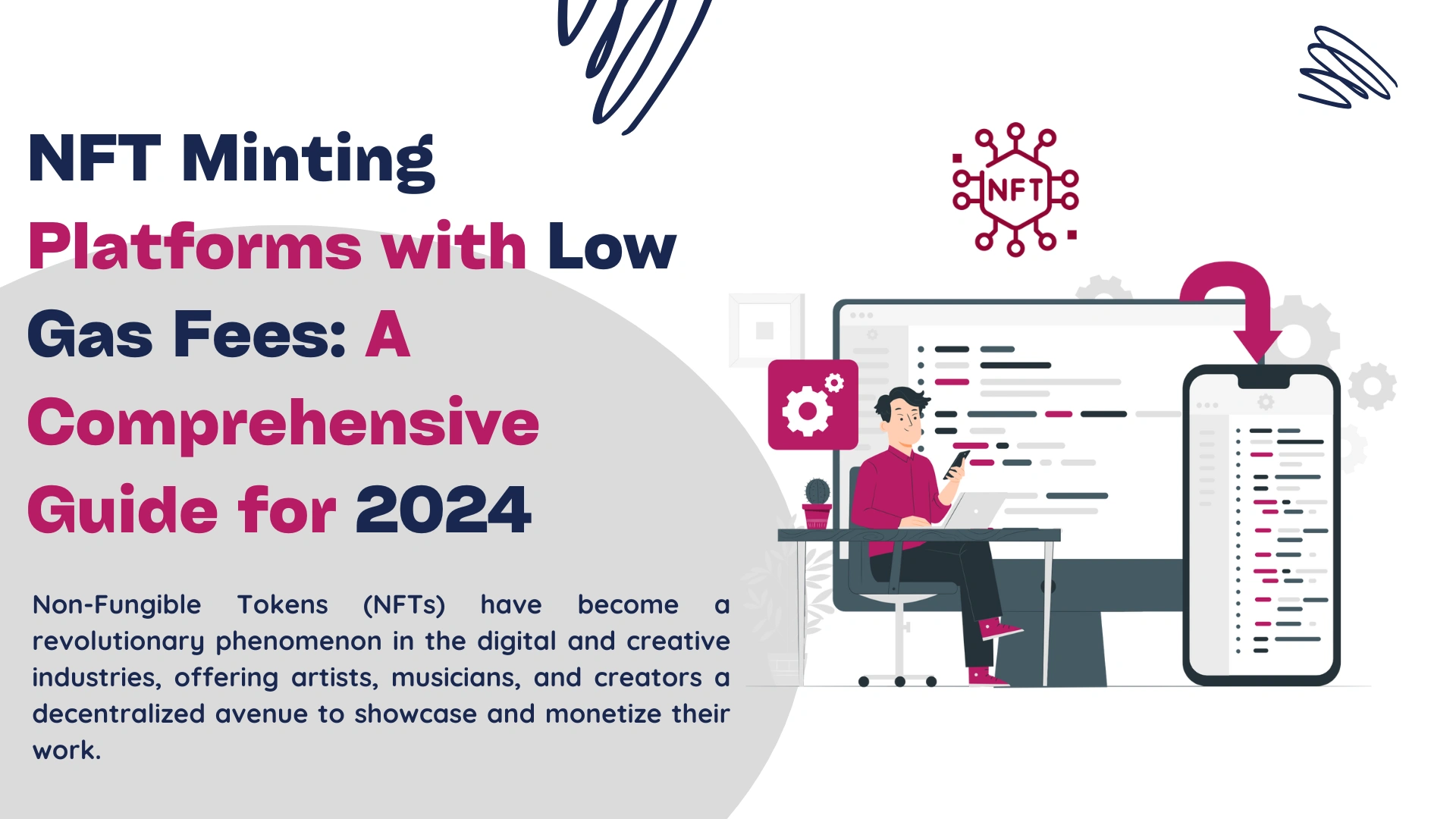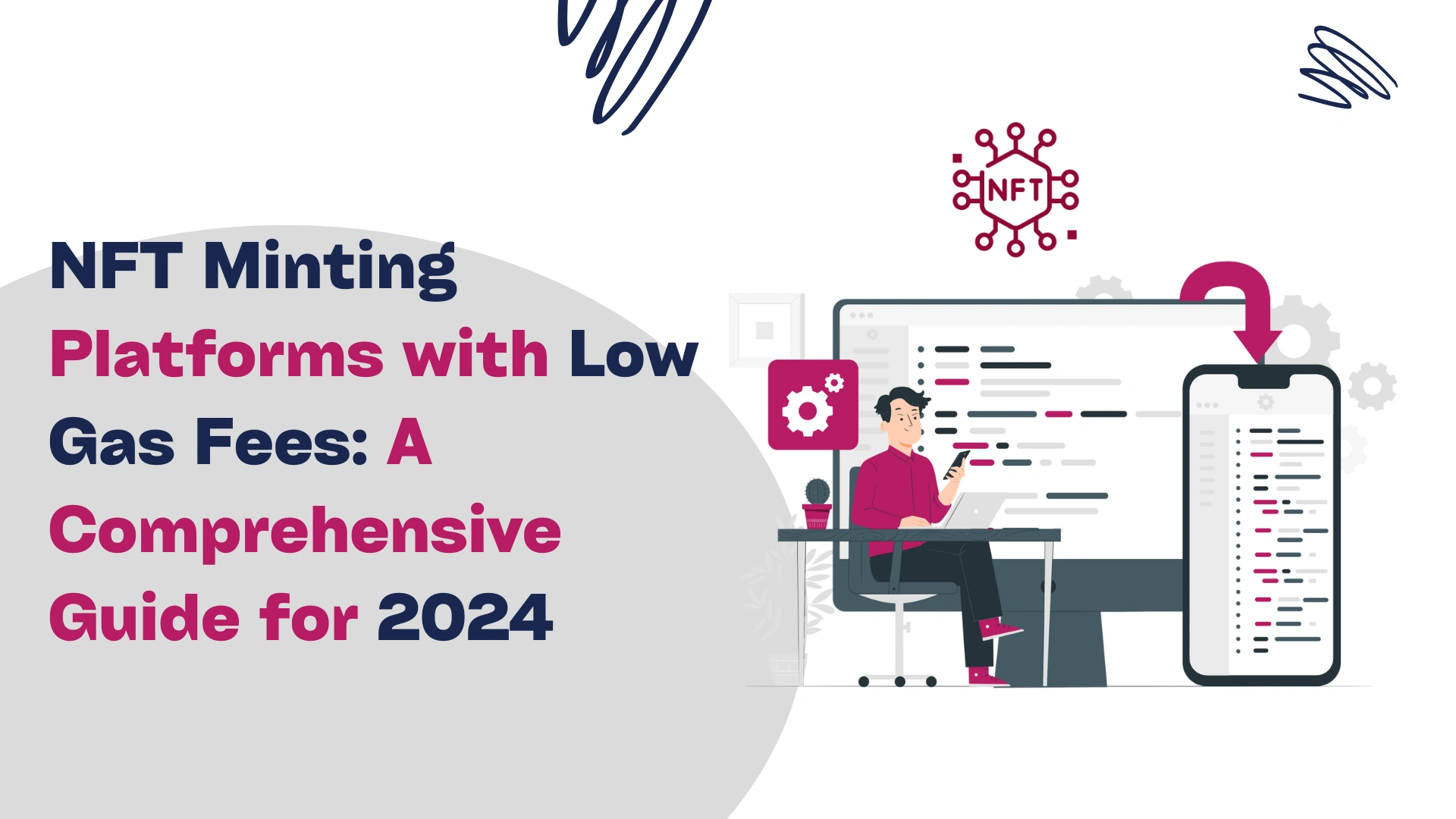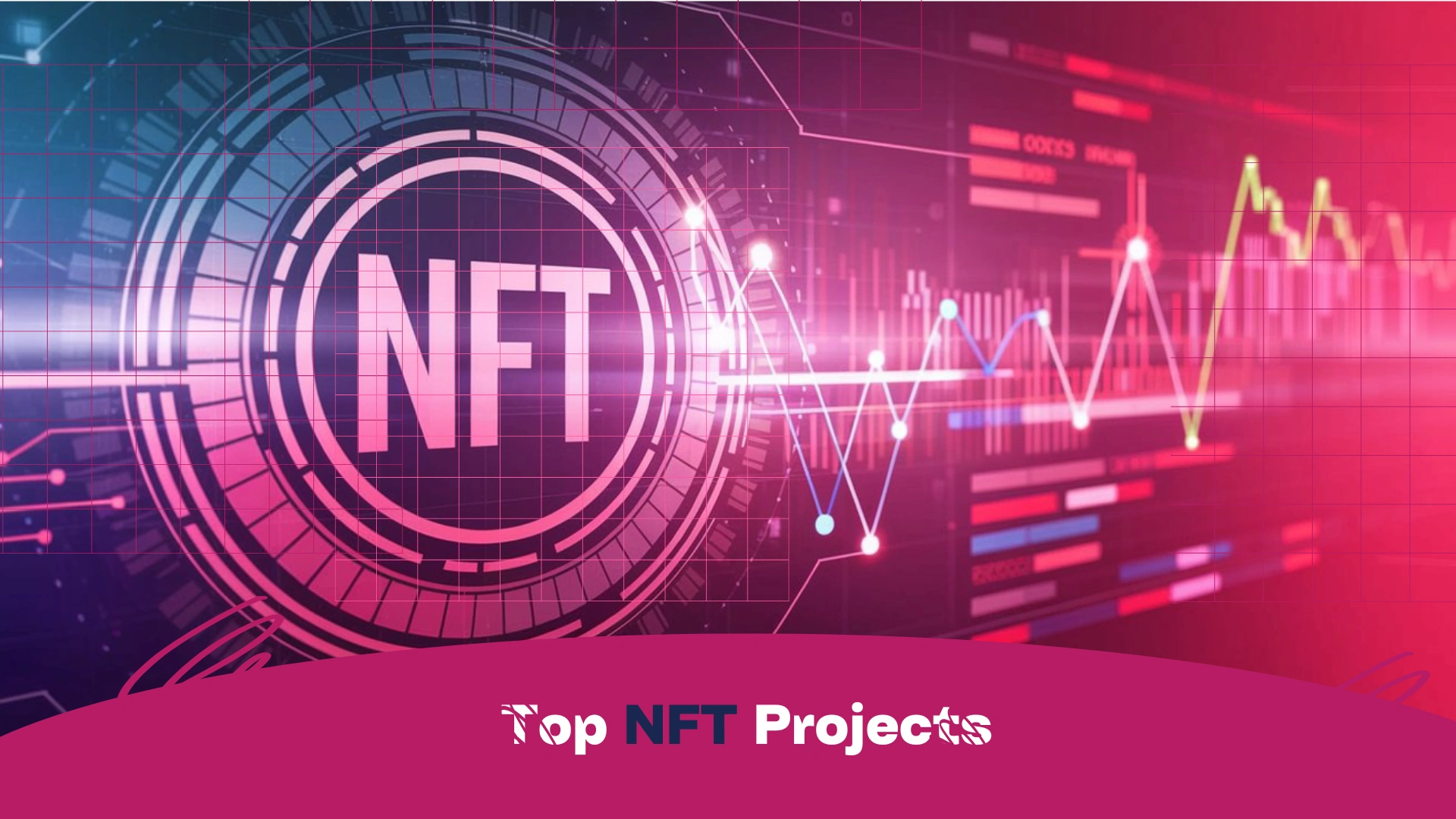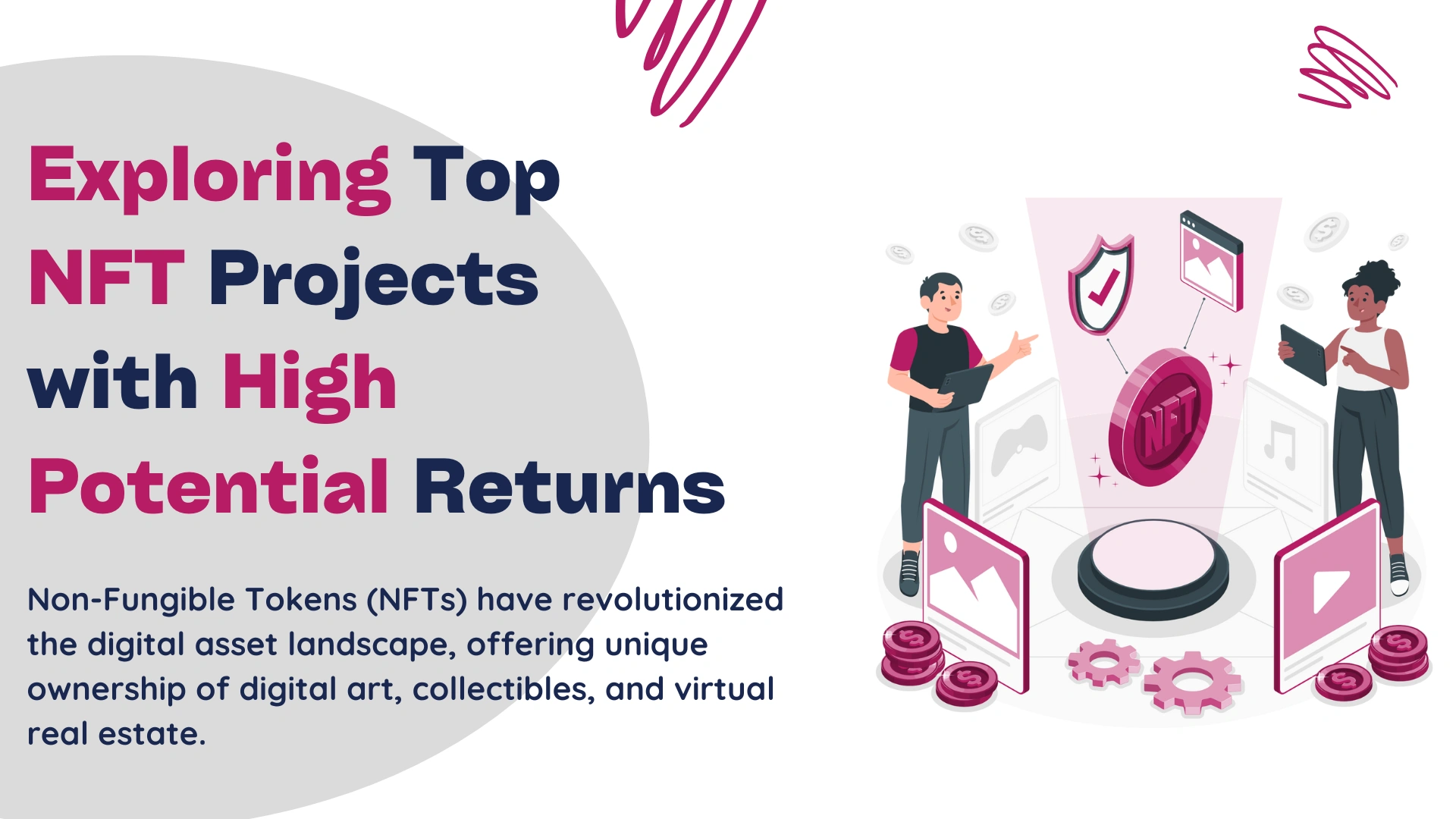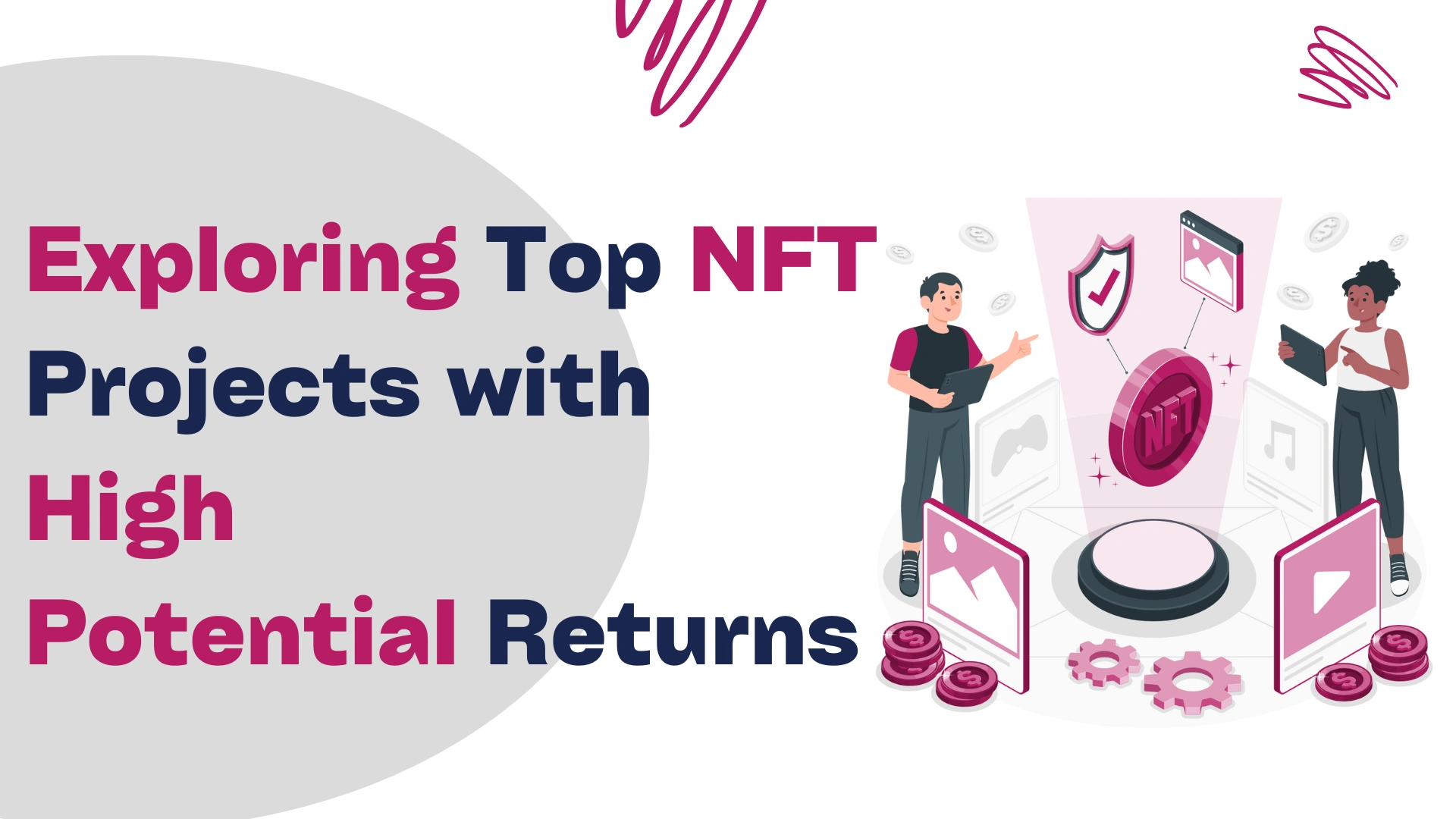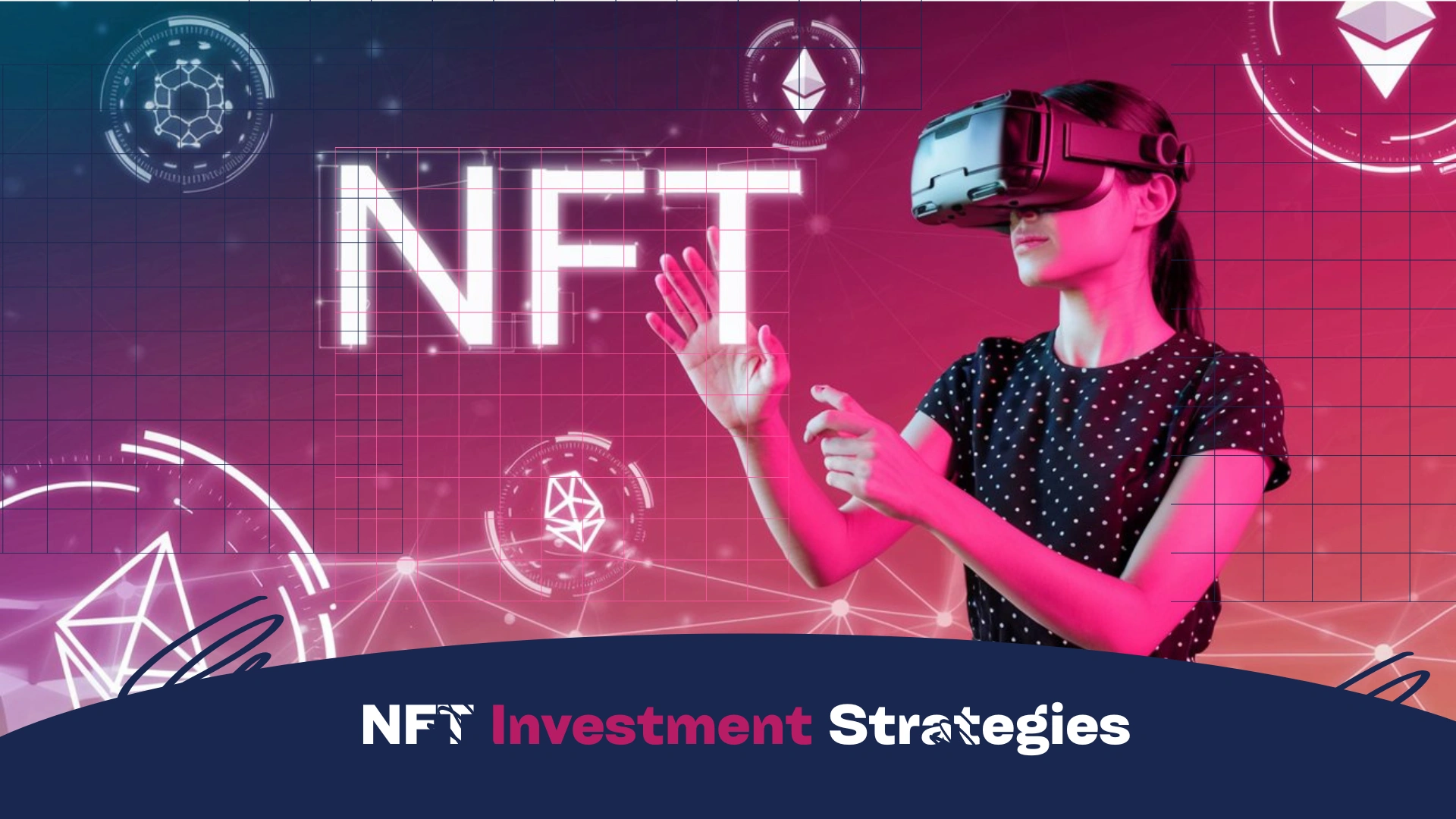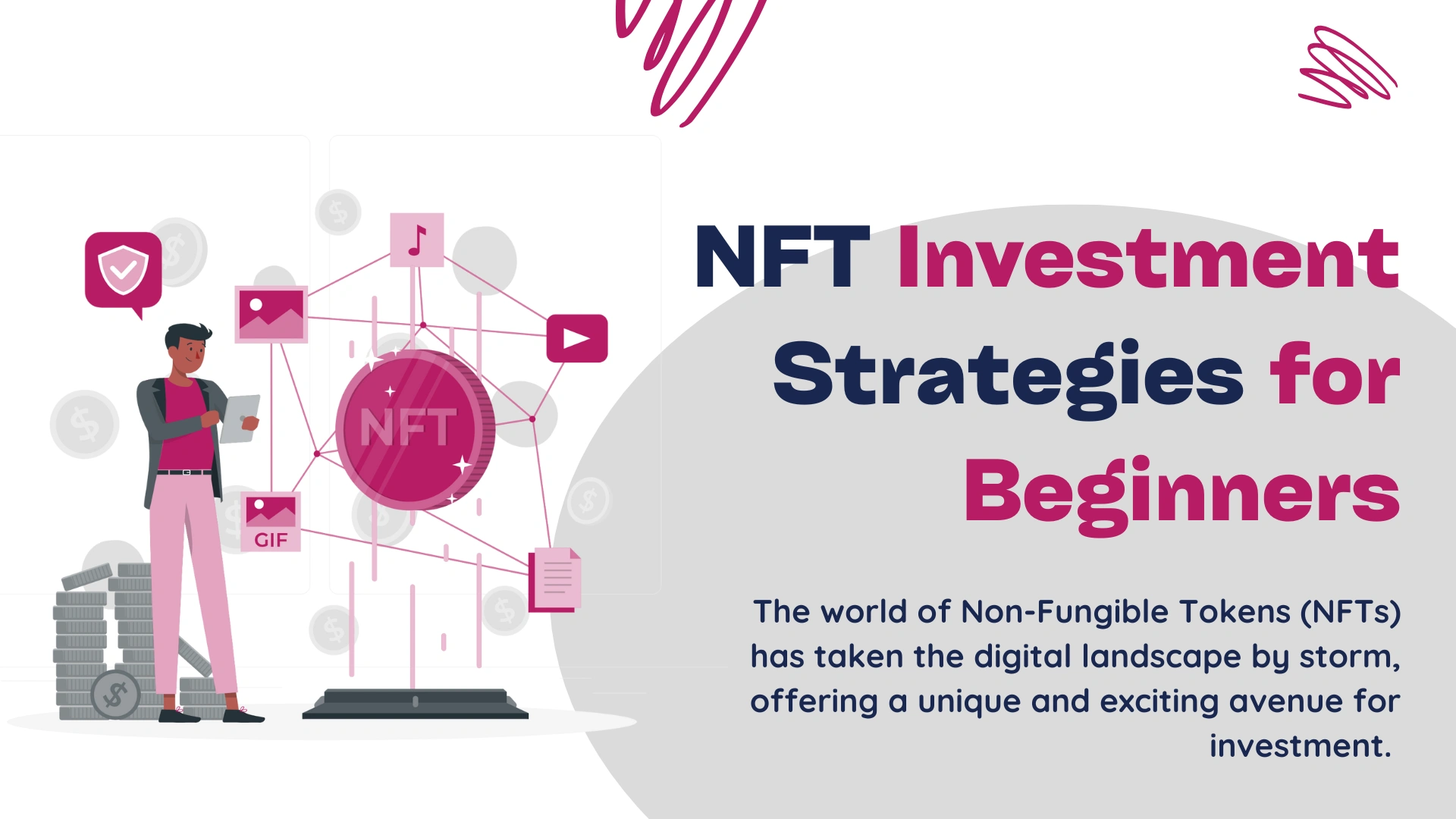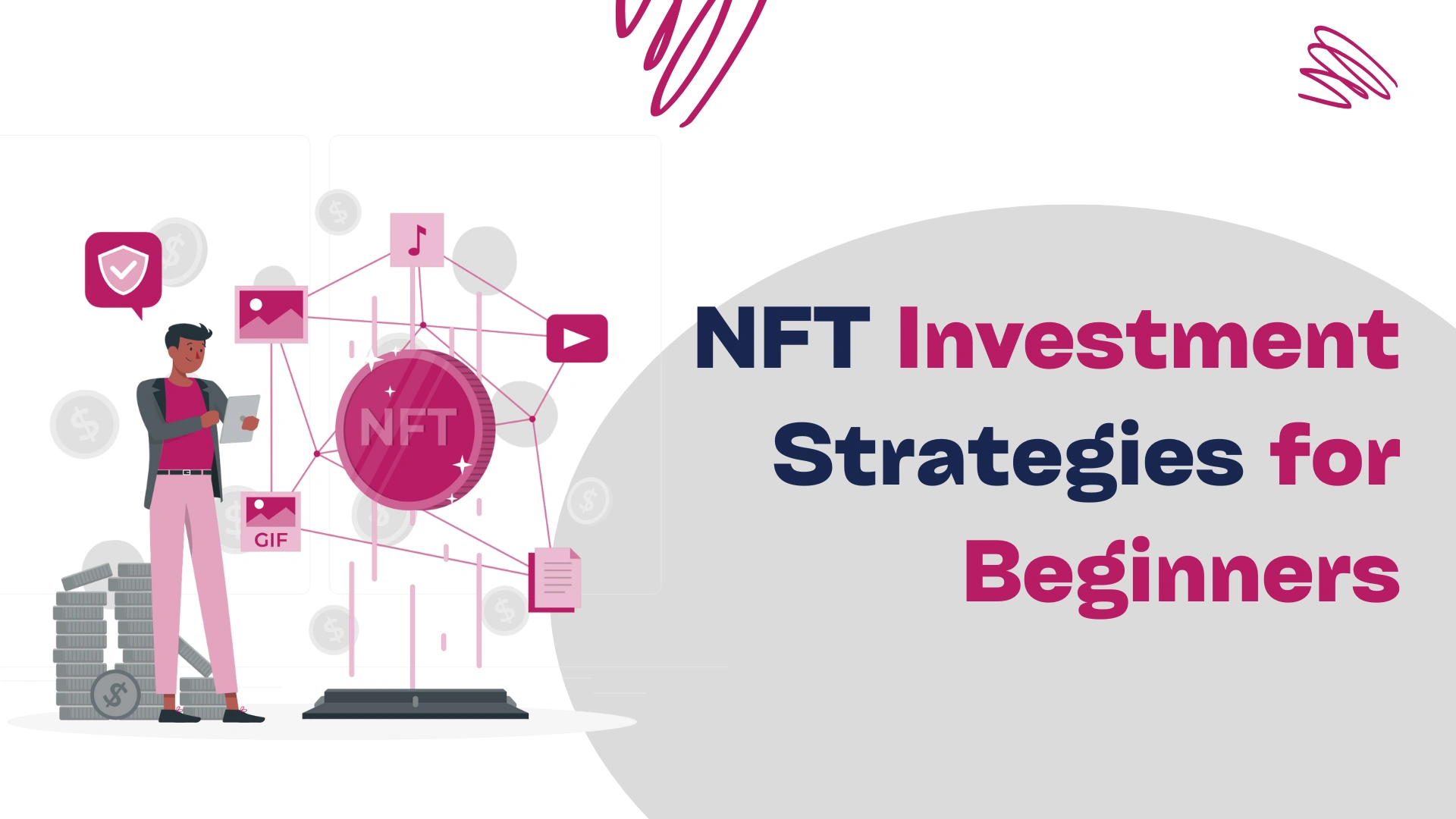Decentralized finance (DeFi) has become one of the most revolutionary trends in the cryptocurrency space, offering unparalleled opportunities for users to earn passive income through yield farming. Yield farming, also known as liquidity mining, allows investors to earn rewards by providing liquidity to DeFi protocols. By staking or locking cryptocurrencies in decentralized platforms, users can gain substantial returns in the form of interest, governance tokens, or fees. With the growing interest in this sector, finding the best decentralized finance platforms for yield farming is crucial for maximizing profits while managing risks. Below, we explore the top platforms in this space, compare their features, and provide a comprehensive guide for both beginners and experienced users.
What is Yield Farming, and Why is it Popular?
Yield farming has gained immense popularity because it provides users with a way to earn high returns on their cryptocurrency holdings without relying on traditional financial systems. The decentralized nature of these platforms eliminates intermediaries, allowing participants to engage directly with protocols. This results in higher transparency, lower fees, and innovative financial opportunities. Popular platforms like Uniswap, Curve Finance, and Aave have contributed to the growing ecosystem by offering competitive APYs (Annual Percentage Yields) and user-friendly interfaces. Yield farming has also played a significant role in increasing the adoption of decentralized finance, as users seek to diversify their income streams and explore the potential of blockchain technology.
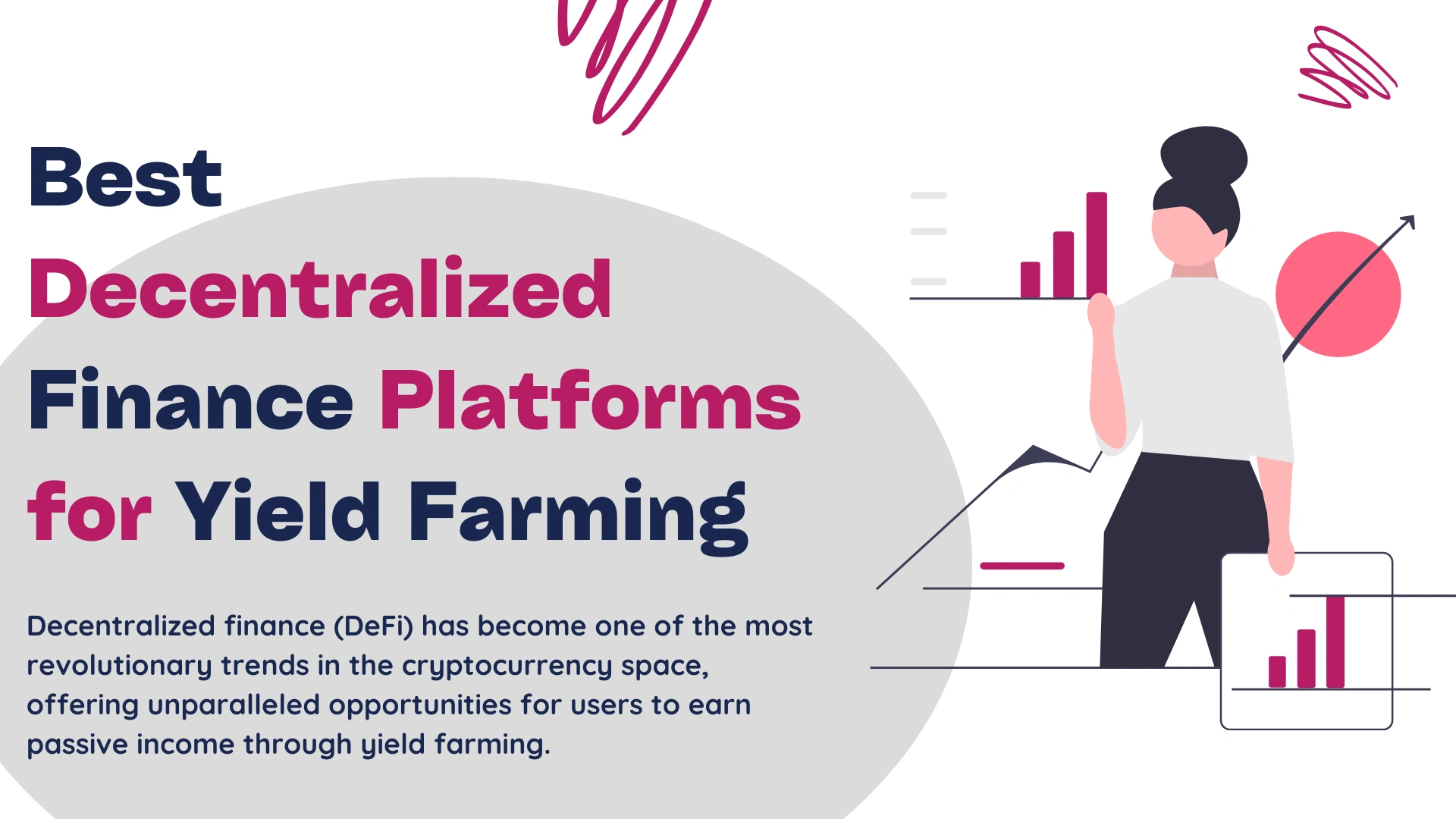
Top Decentralized Finance Platforms for Yield Farming
1. Uniswap
Uniswap is a leading decentralized exchange that allows users to swap tokens and provide liquidity to its pools. As one of the pioneers in the DeFi space, Uniswap supports a wide range of tokens and offers users the opportunity to earn trading fees by contributing liquidity. Liquidity providers receive a share of the fees proportional to their contribution to the pool. The platform is built on the Ethereum blockchain, which ensures high security and compatibility with other Ethereum-based projects.
Key Features:
- High liquidity and trading volume.
- Supports ERC-20 tokens.
- Easy-to-use interface for beginners.
- Governance through UNI tokens.
2. Curve Finance
Curve Finance is specifically designed for stablecoins and offers low slippage and high efficiency for trading between stable assets. The platform is popular among yield farmers because it minimizes impermanent loss and provides consistent returns. Users can earn rewards by depositing stablecoins into Curve’s liquidity pools and receive CRV tokens as additional incentives.
Key Features:
- Optimized for stablecoin trading.
- High liquidity for stable assets.
- Governance through CRV tokens.
- Integrated with multiple blockchain networks, including Ethereum and Avalanche.
3. Aave
Aave is a decentralized lending platform that offers yield farming opportunities through its liquidity pools. Users can earn interest by lending their crypto assets or providing liquidity to the platform. Aave also introduced the concept of “flash loans,” allowing users to borrow funds without collateral as long as the loan is repaid within the same transaction block.
Key Features:
- Supports lending and borrowing of multiple cryptocurrencies.
- Earn interest through liquidity provision.
- Advanced risk management tools.
- Governance through AAVE tokens.
4. PancakeSwap
PancakeSwap is the leading decentralized exchange on the Binance Smart Chain (BSC). Known for its lower transaction fees and high-speed transactions compared to Ethereum-based platforms, PancakeSwap provides a range of yield farming options, including staking in Syrup Pools and providing liquidity to earn CAKE tokens.
Key Features:
- Built on Binance Smart Chain for low fees.
- Supports a variety of tokens and liquidity pools.
- Attractive APYs for yield farming.
- Regular token burn events to maintain value.
5. Yearn Finance
Yearn Finance is a yield optimization protocol that automates the process of finding the best yield farming opportunities. By depositing funds into Yearn’s vaults, users can benefit from automated strategies designed to maximize returns. The platform supports multiple assets and simplifies yield farming for users.
Key Features:
- Automated yield optimization.
- User-friendly interface.
- Governance through YFI tokens.
- Integration with other DeFi protocols for higher returns.
Comparison Table of Top Platforms
| Platform | Blockchain | Key Features | Governance Token |
|---|---|---|---|
| Uniswap | Ethereum | High liquidity, ERC-20 support | UNI |
| Curve Finance | Multi-chain | Optimized for stablecoins, low slippage | CRV |
| Aave | Multi-chain | Lending/borrowing, flash loans | AAVE |
| PancakeSwap | Binance Smart Chain | Low fees, high APYs, token burns | CAKE |
| Yearn Finance | Multi-chain | Automated yield optimization, vaults | YFI |
How to Choose the Best DeFi Platform for Yield Farming
Choosing the right platform depends on several factors, including risk tolerance, desired returns, and the type of assets you plan to stake. Here are some tips:
- Assess Security: Ensure the platform has undergone thorough audits and has a strong security track record. For example, platforms like Uniswap and Aave are known for their robust security measures.
- Evaluate APYs: Compare the annual percentage yields across platforms to find the most rewarding opportunities.
- Understand Fees: Consider transaction and withdrawal fees, as they can significantly impact your overall returns.
- Check Token Support: Verify that the platform supports the tokens you wish to stake.
- Research Governance: Platforms with governance tokens like UNI, CRV, and AAVE allow users to participate in decision-making processes, which can enhance community trust and transparency.
FAQs
1. What is the safest DeFi platform for yield farming?
Platforms like Aave and Curve Finance are considered among the safest due to their rigorous audits and established track records.
2. How do I calculate my yield farming returns?
Returns are typically calculated as APY (Annual Percentage Yield), which includes compounding. Many platforms provide calculators to help users estimate their earnings.
3. What are the risks associated with yield farming?
The main risks include impermanent loss, smart contract vulnerabilities, and market volatility. Diversifying across platforms can help mitigate these risks.
4. Can I start yield farming with a small investment?
Yes, platforms like PancakeSwap on Binance Smart Chain offer low transaction fees, making them ideal for small investments.
5. What are governance tokens?
Governance tokens, such as UNI and AAVE, allow holders to participate in the decision-making processes of a platform, including protocol upgrades and fee structures.
Conclusion
Yield farming is a powerful way to earn passive income in the decentralized finance space, but it requires careful planning and research to maximize returns and manage risks. Platforms like Uniswap, Curve Finance, Aave, PancakeSwap, and Yearn Finance provide excellent opportunities for yield farmers, each with its unique features and advantages. By understanding the mechanics of yield farming, comparing platform offerings, and diversifying investments, users can unlock the full potential of DeFi. Remember to prioritize security, monitor market trends, and stay informed about platform updates to ensure a successful yield farming journey. Start exploring these platforms today and join the revolution of decentralized finance!


